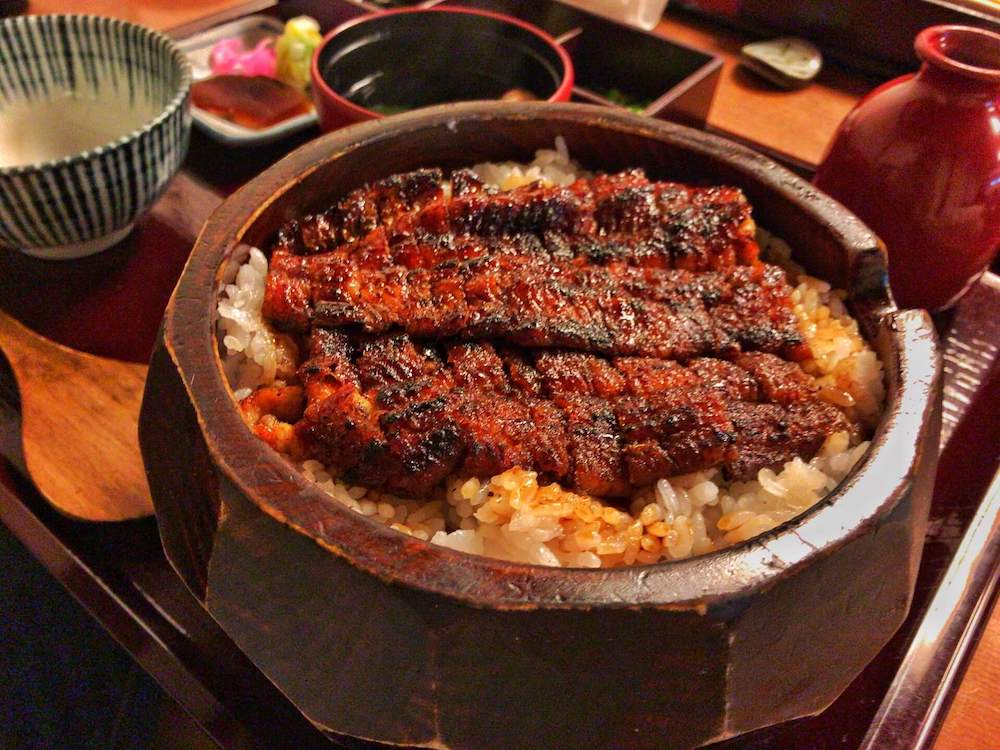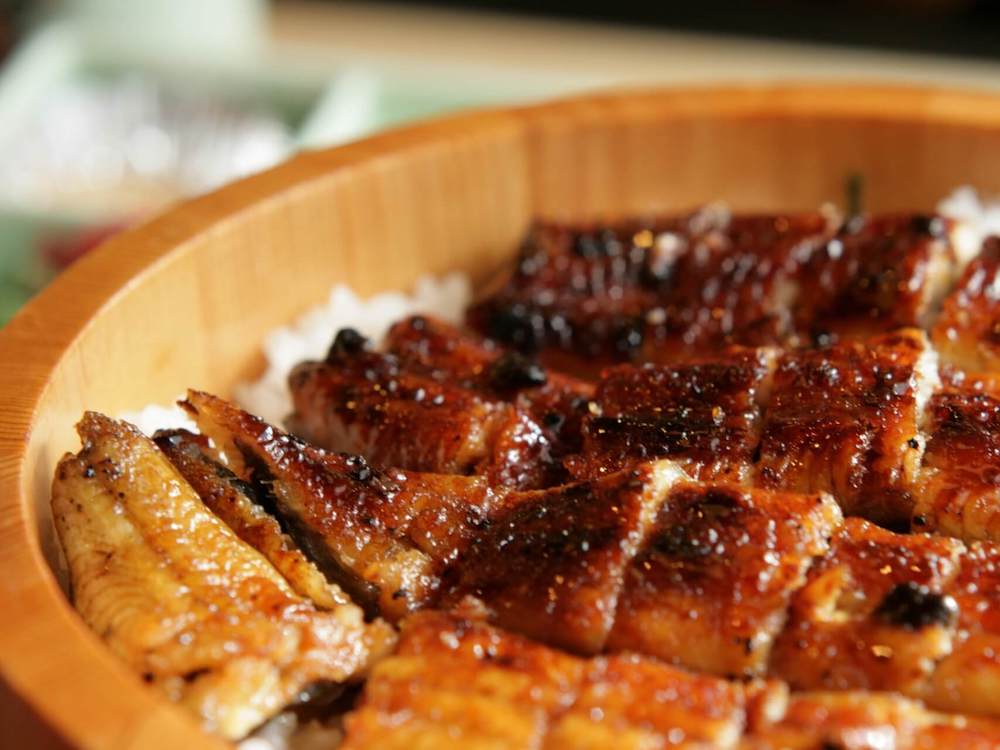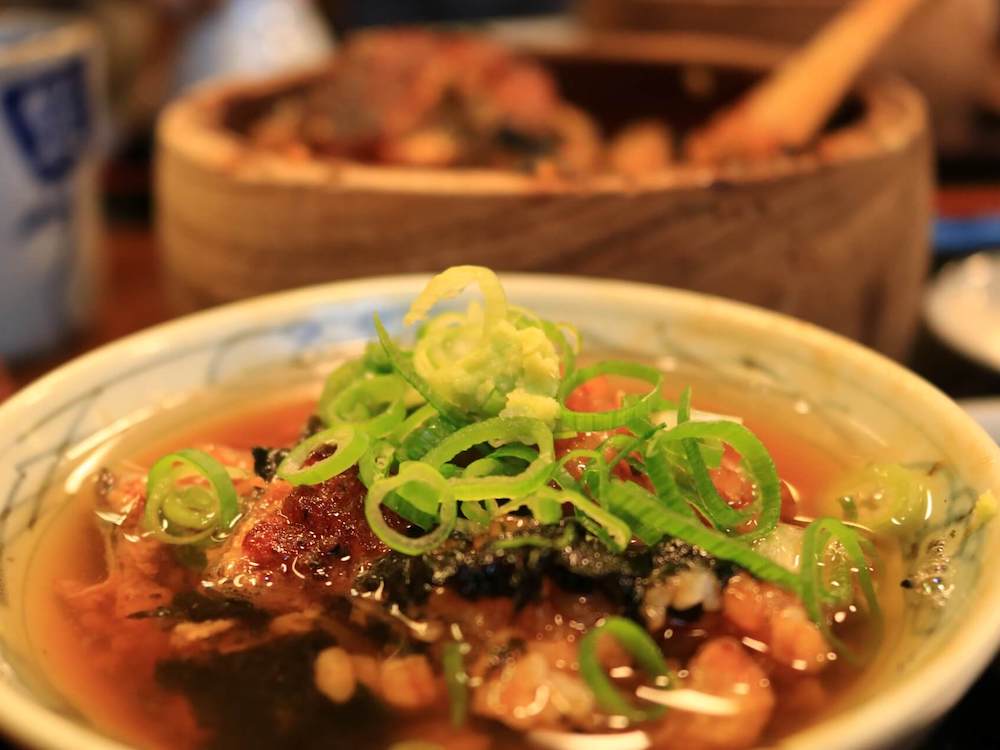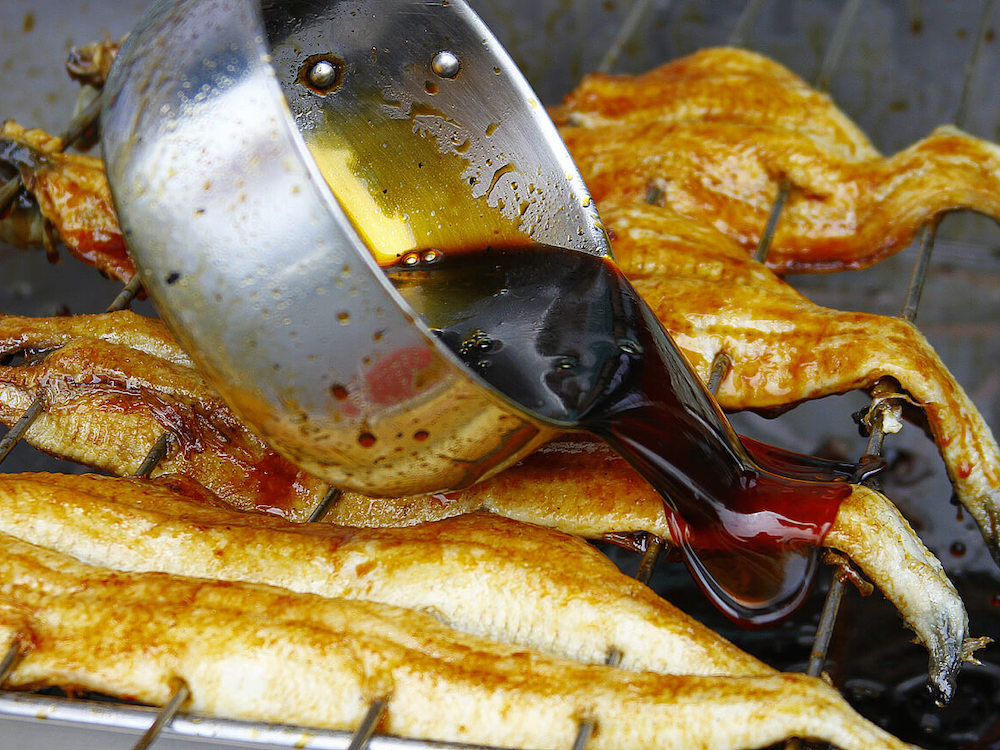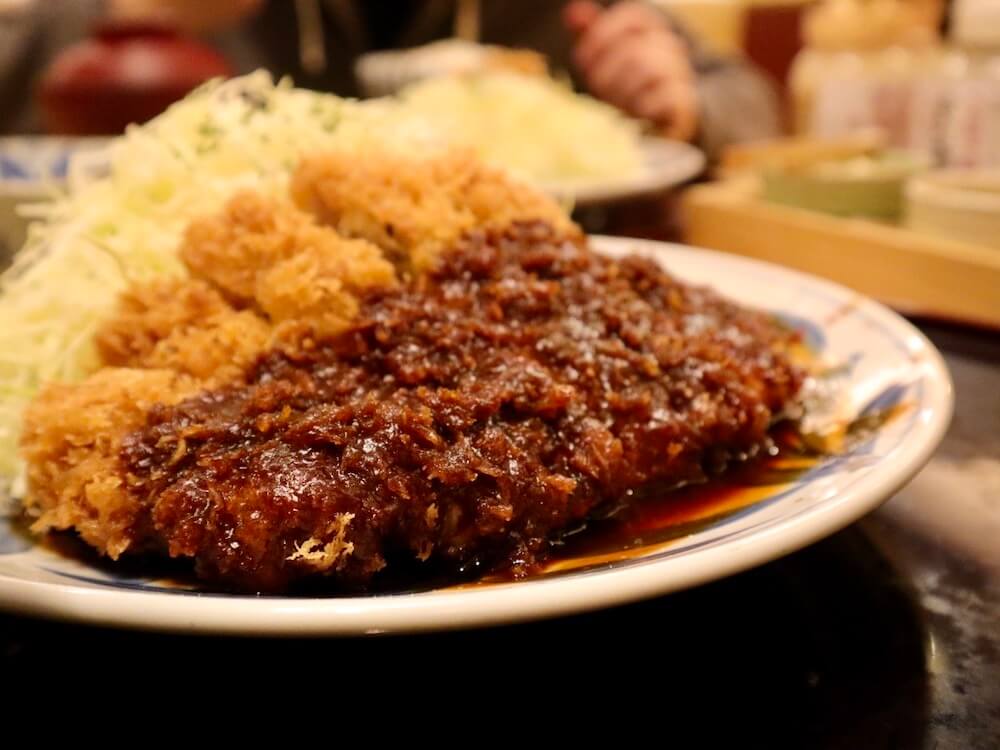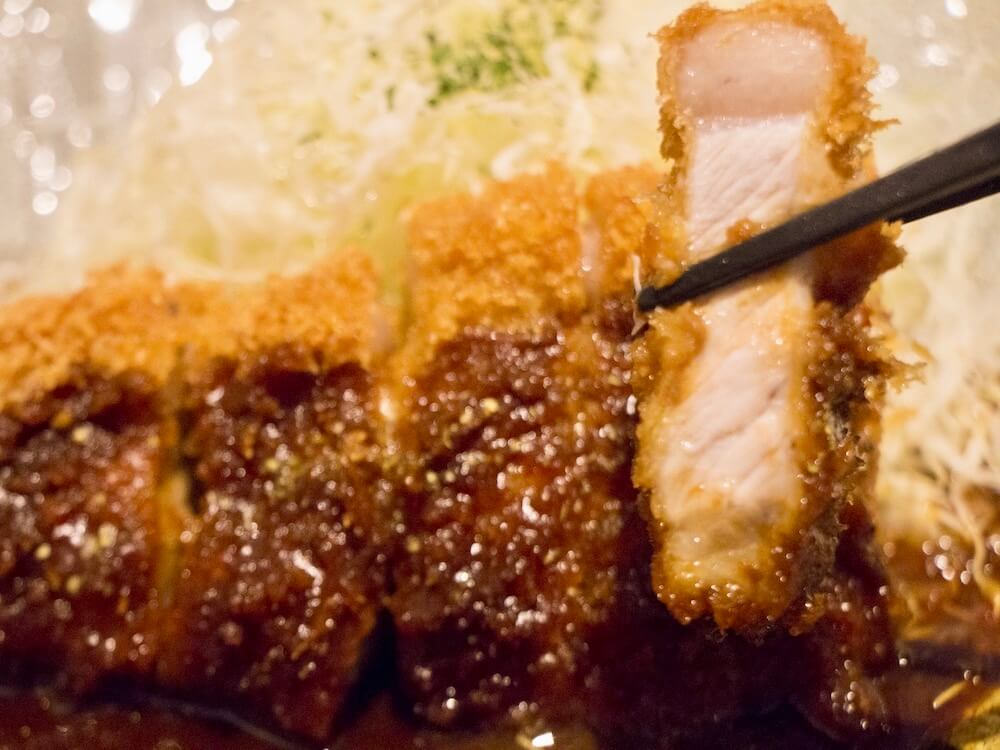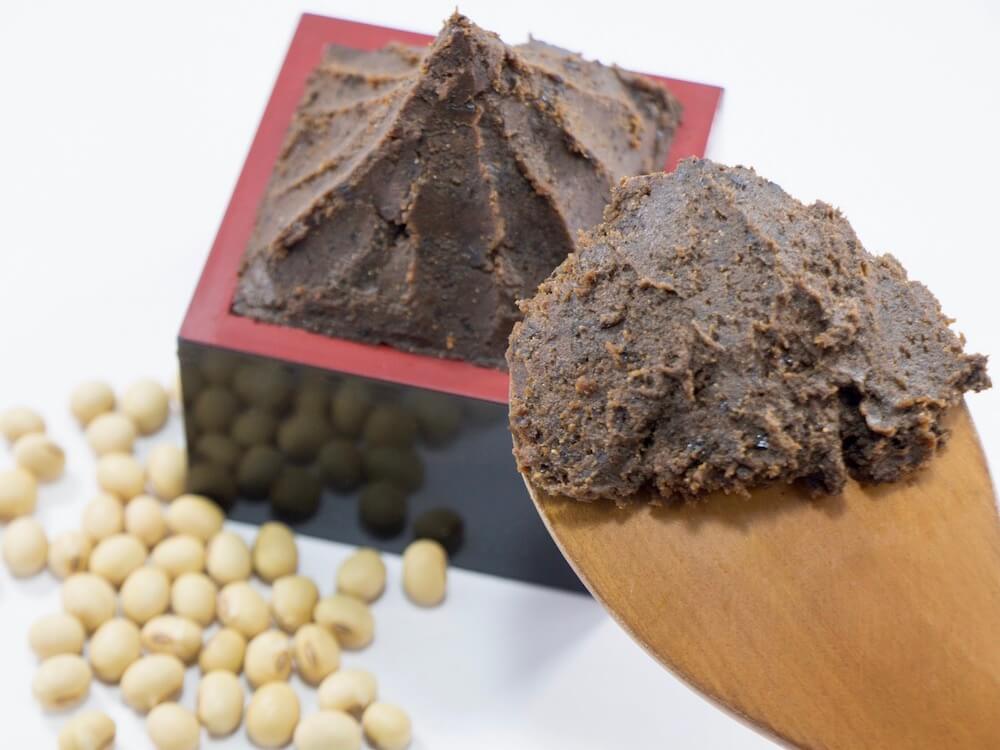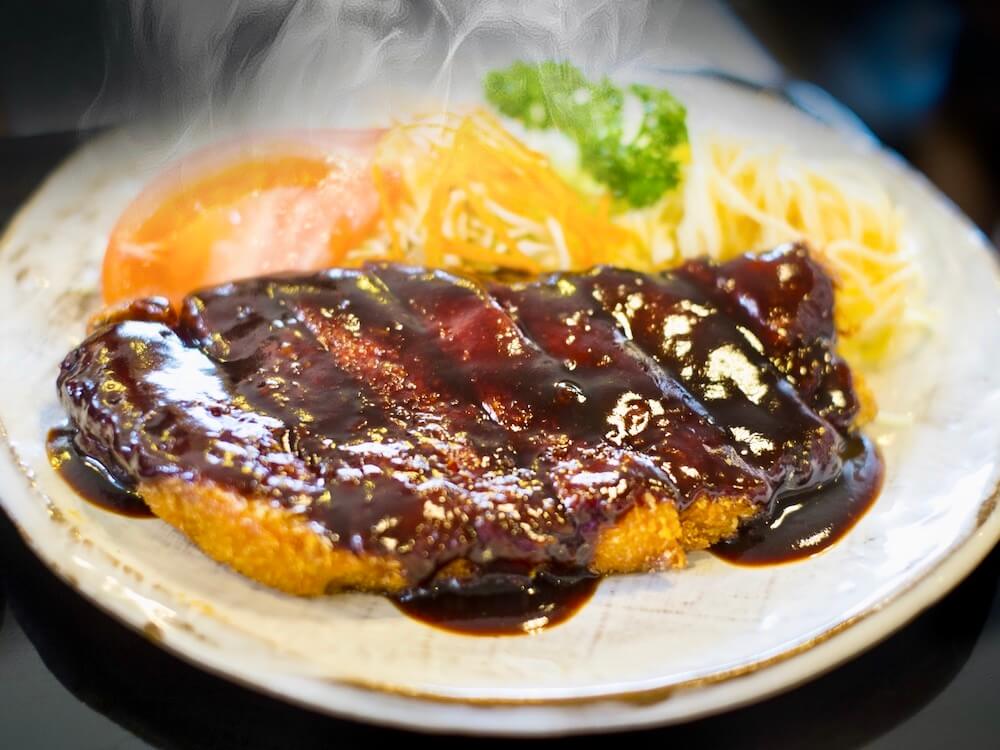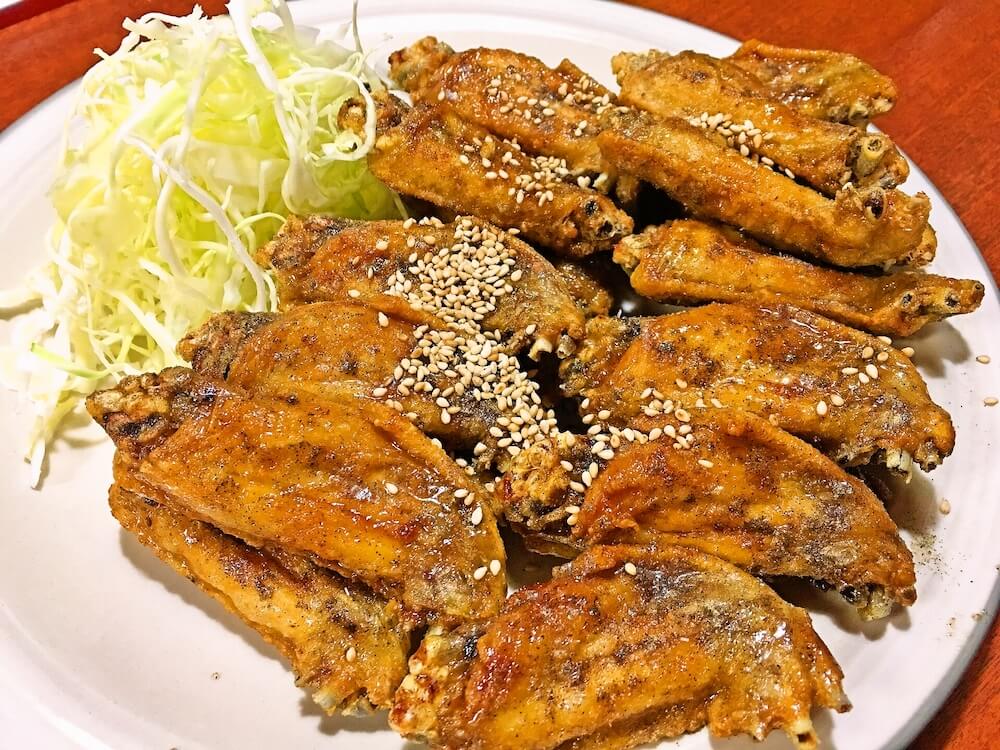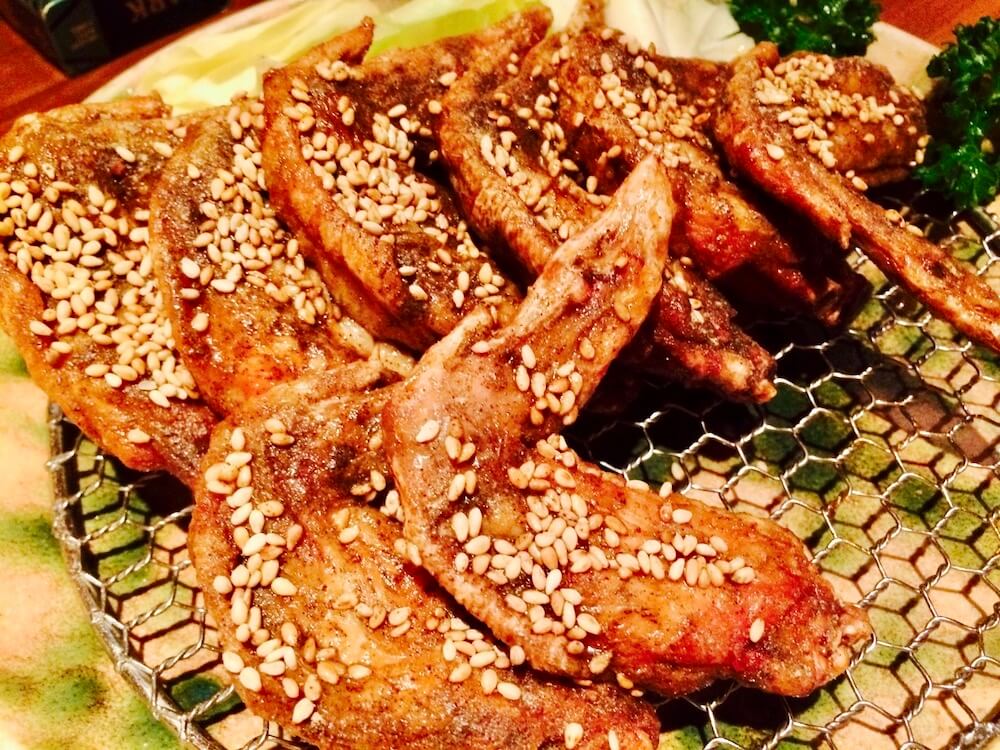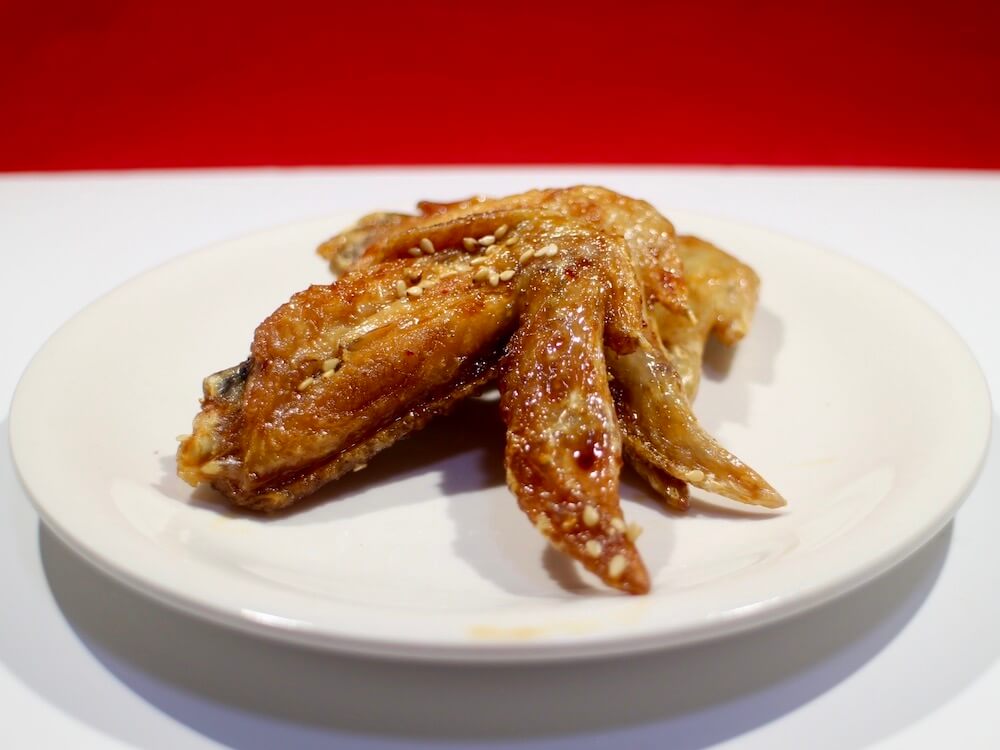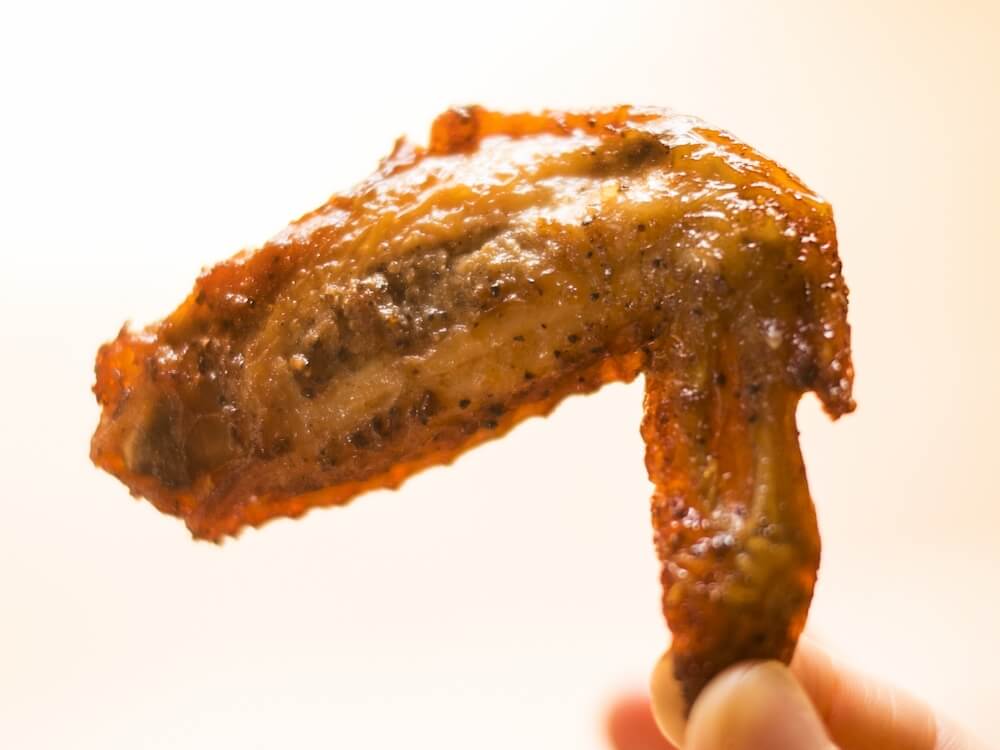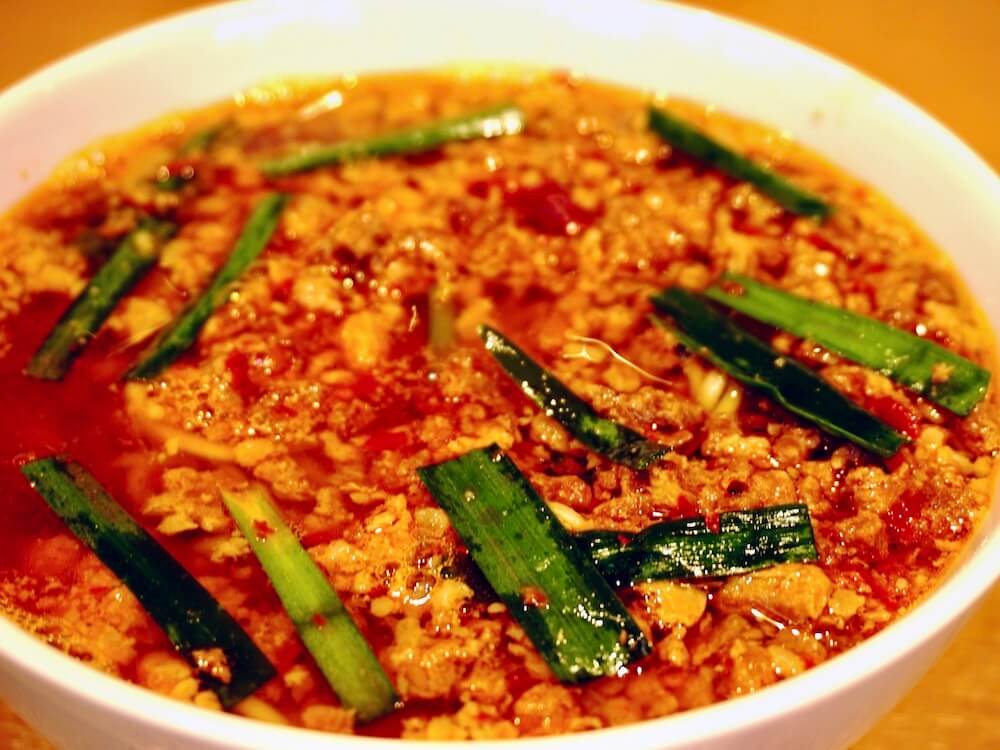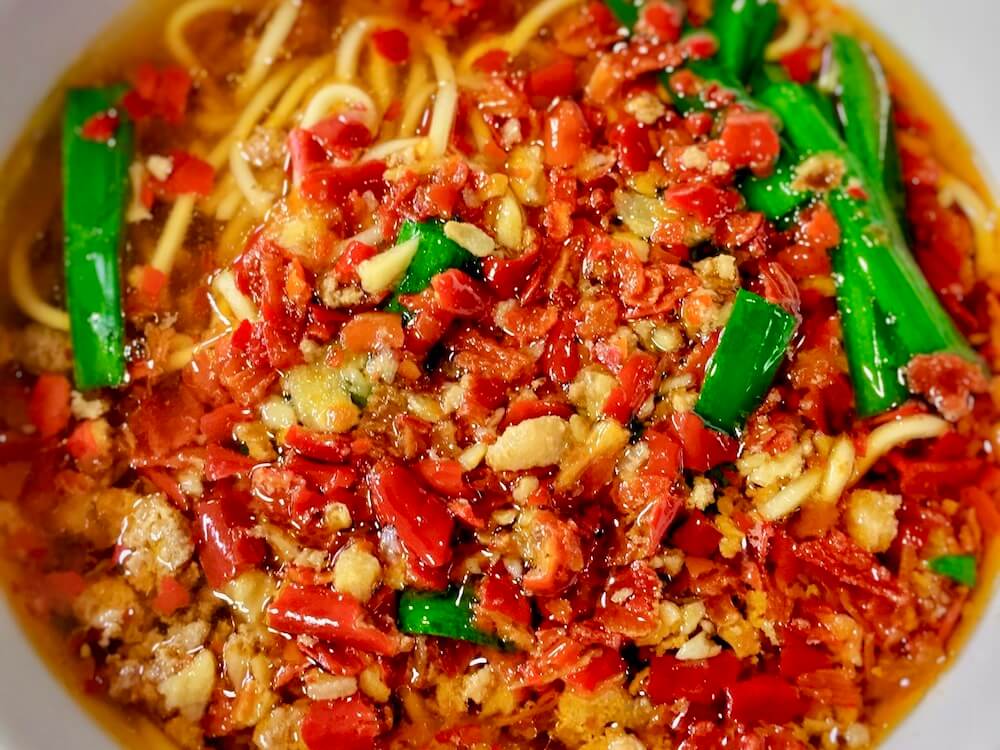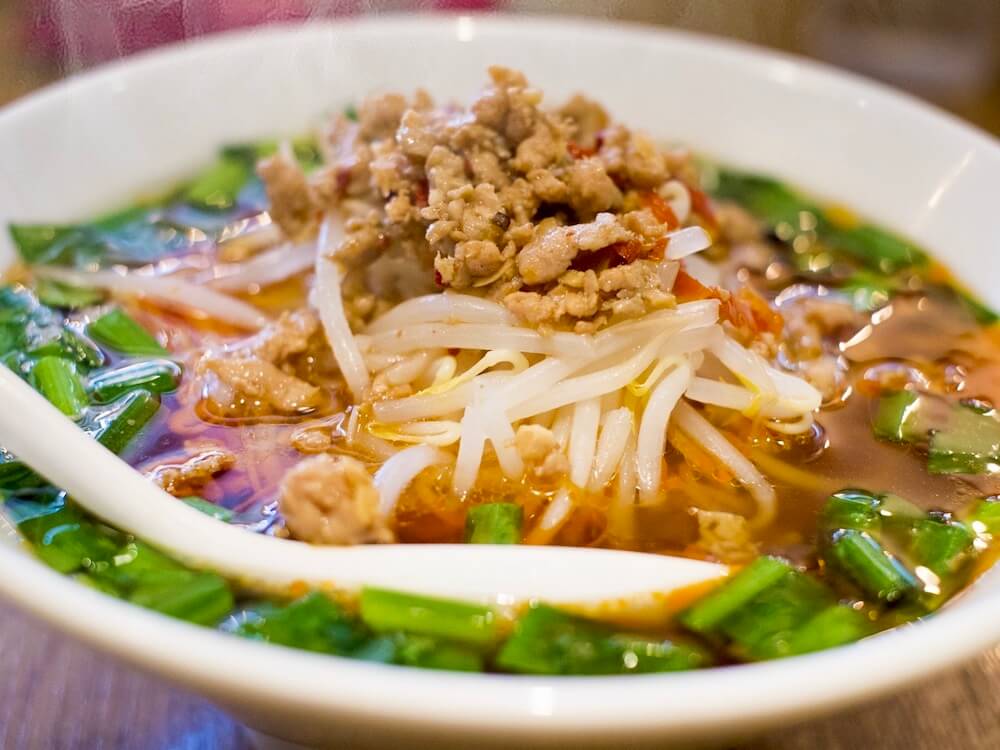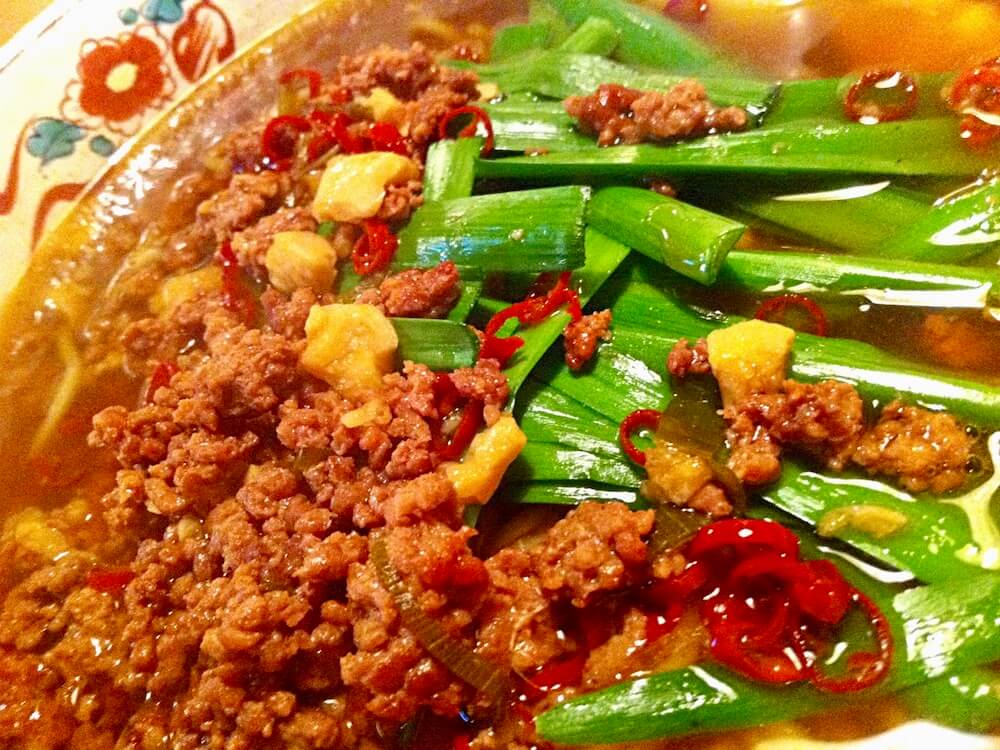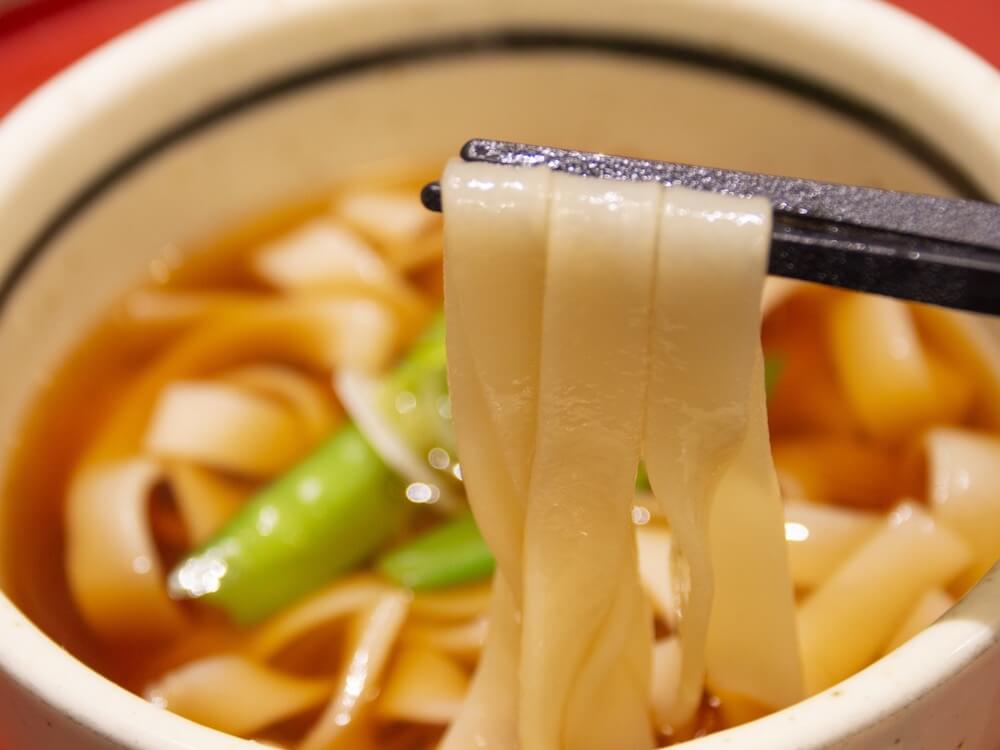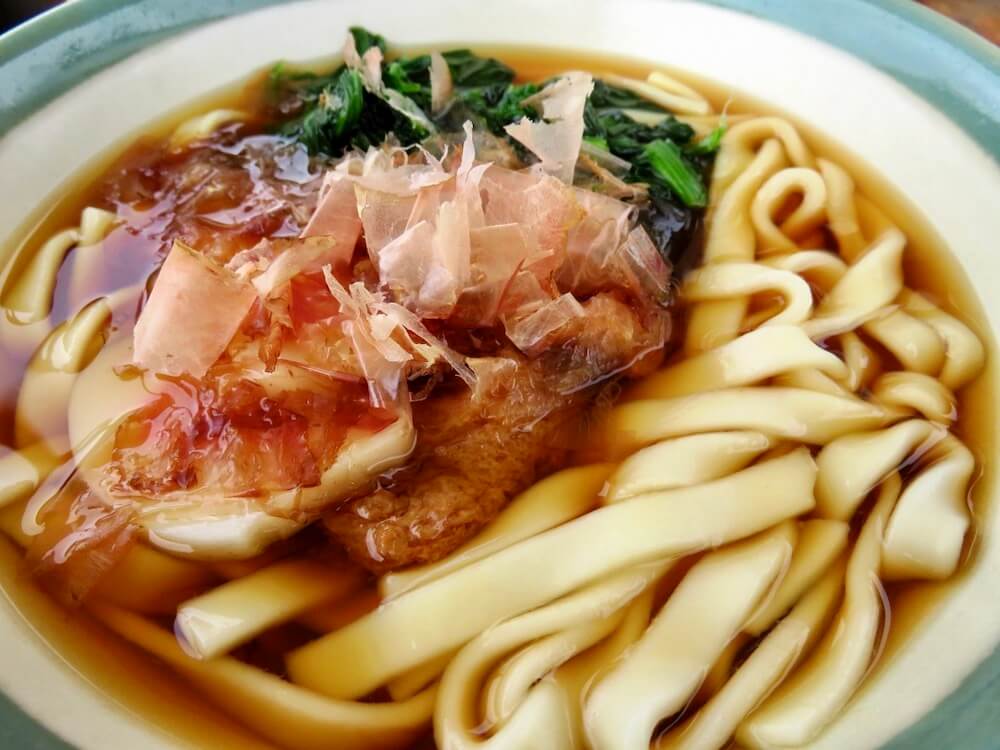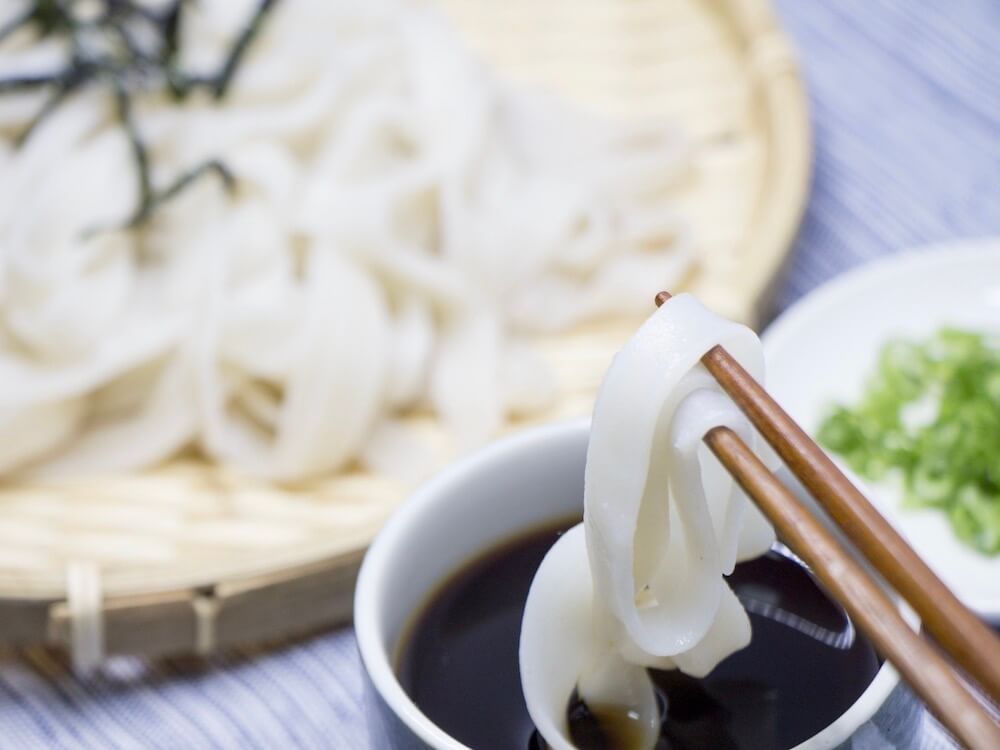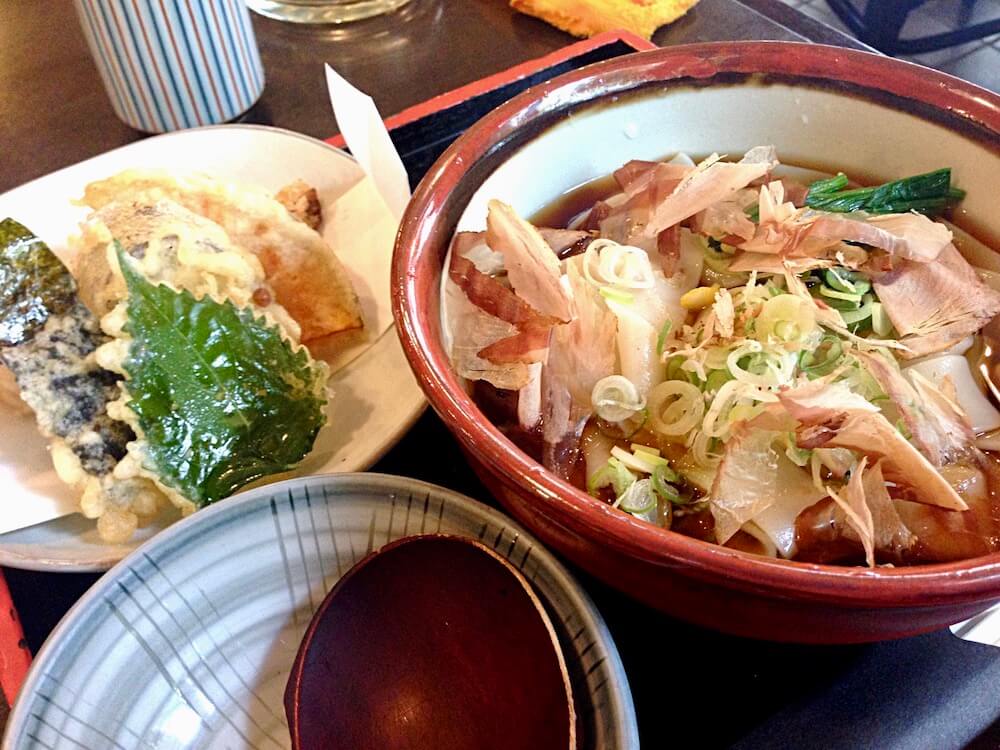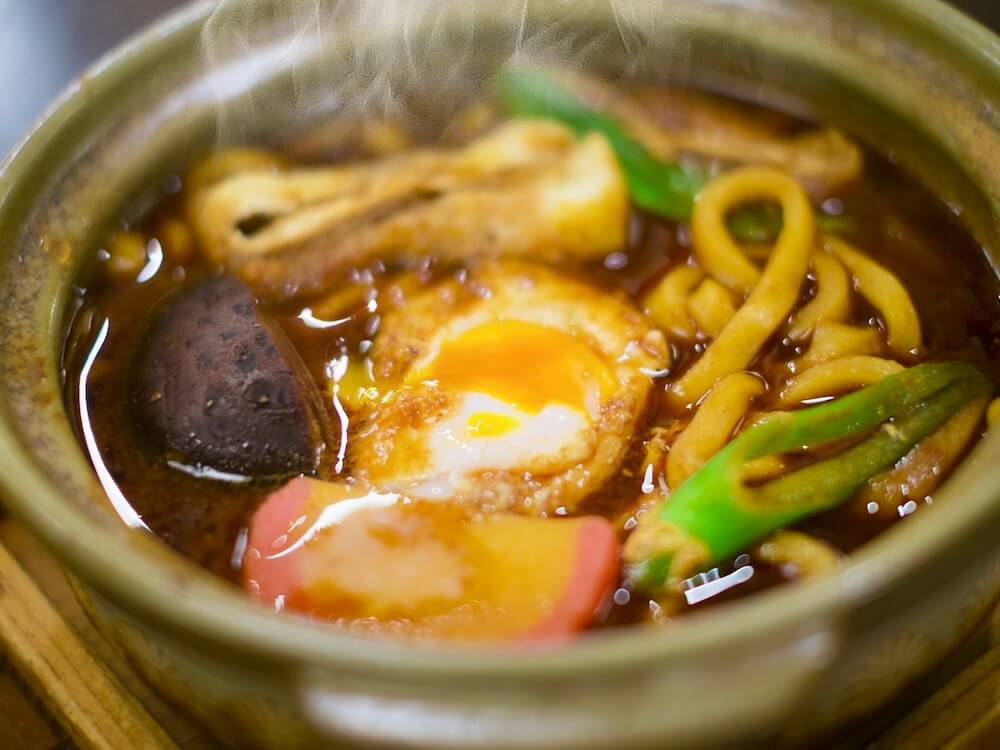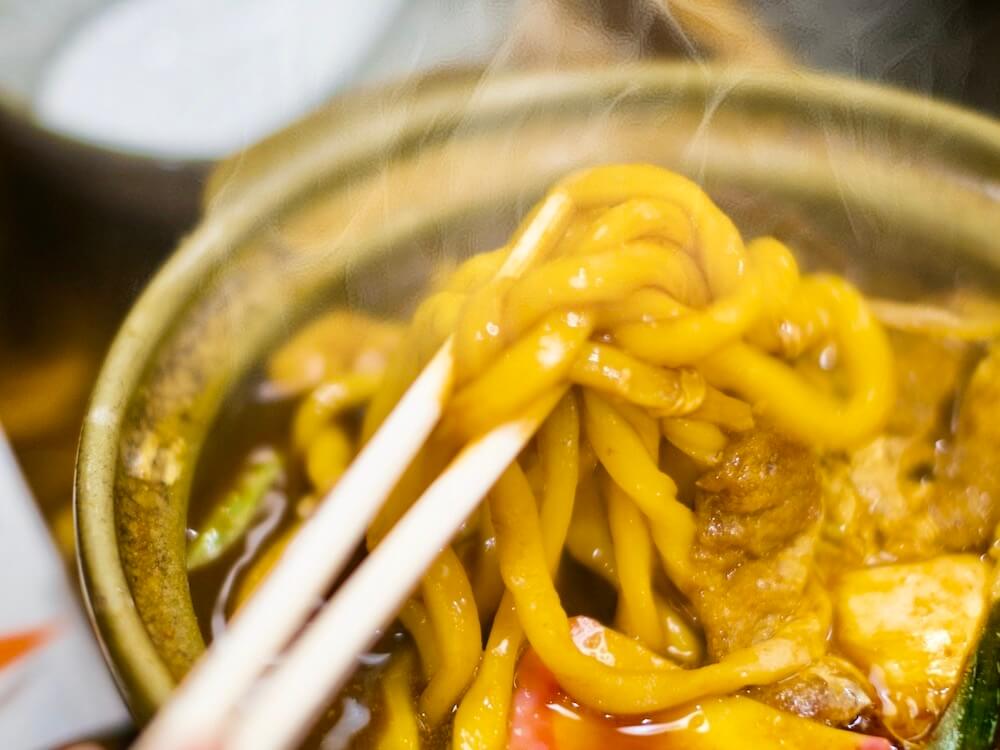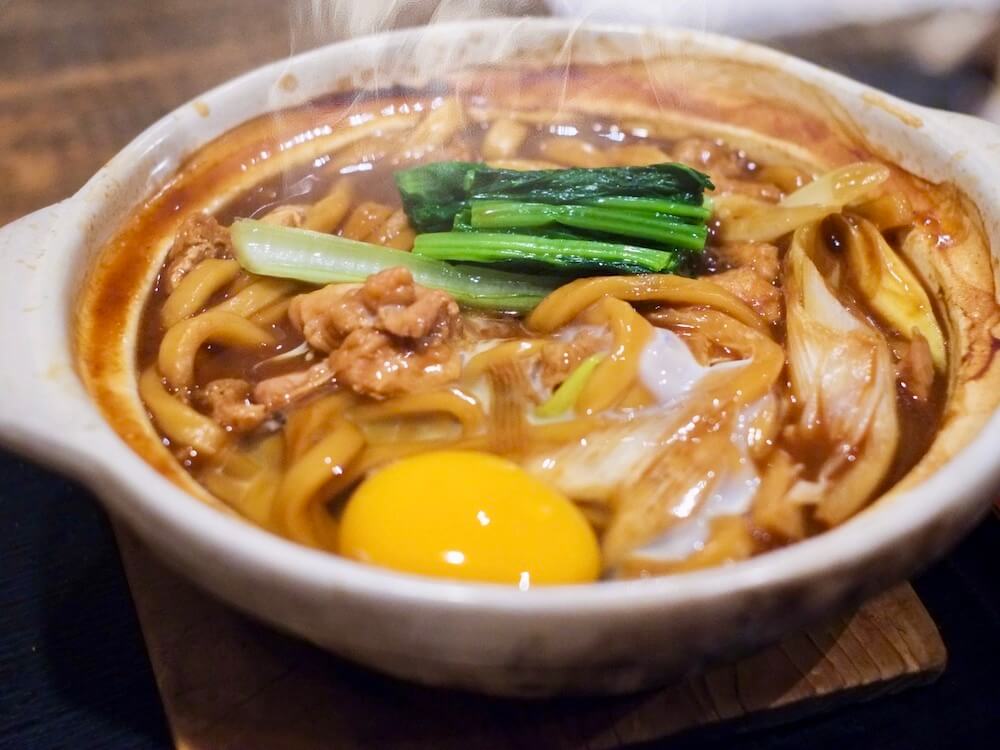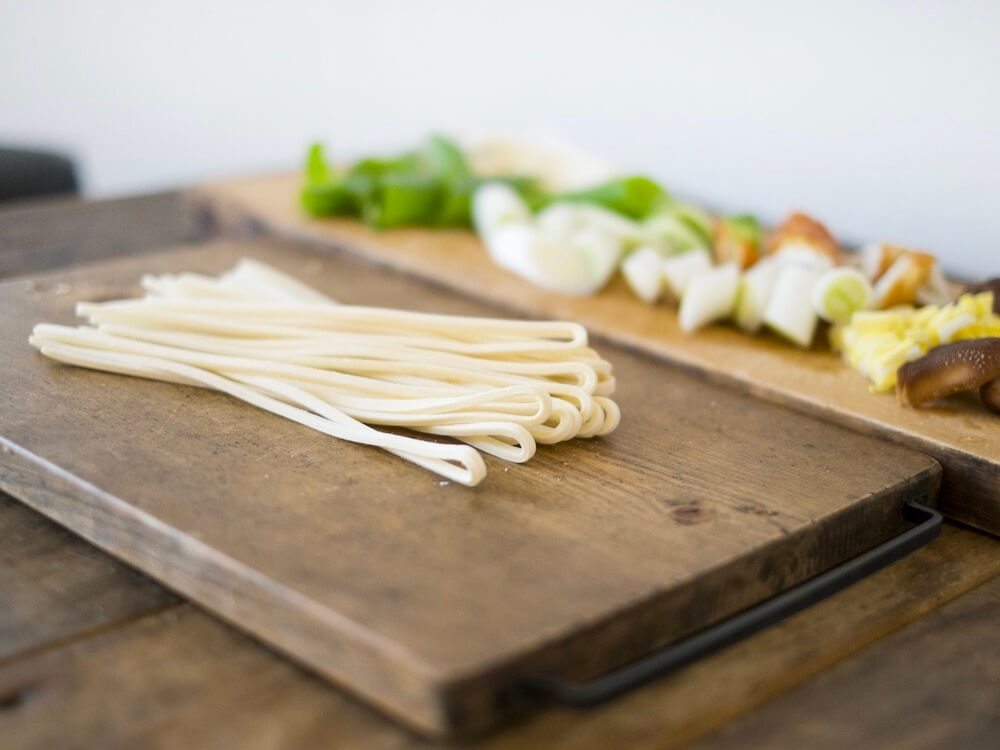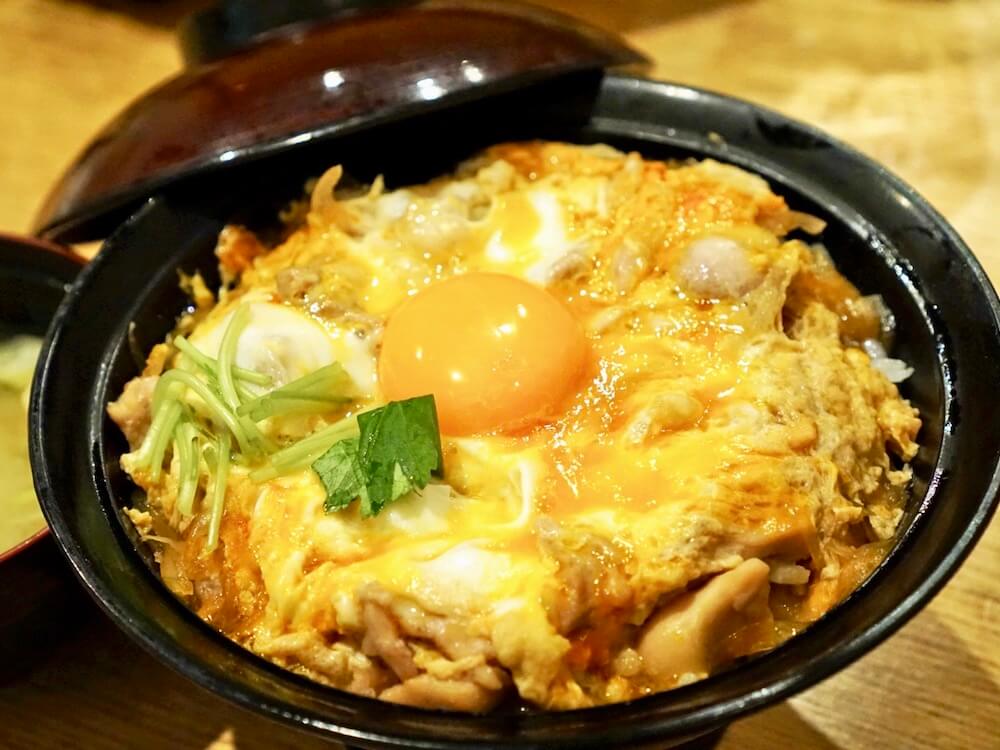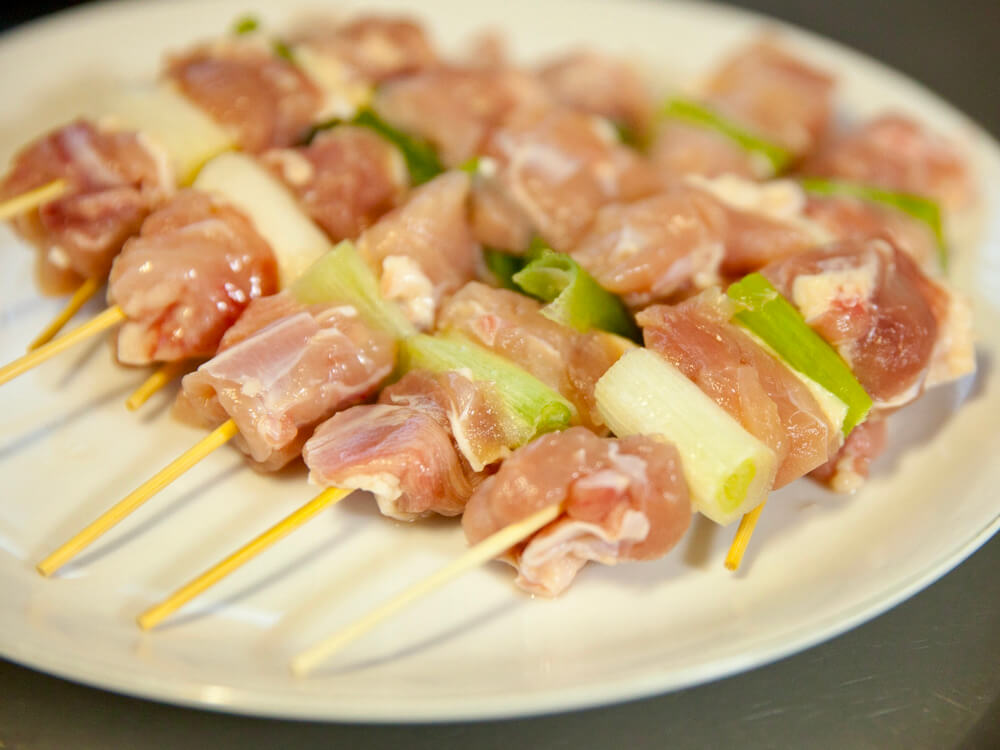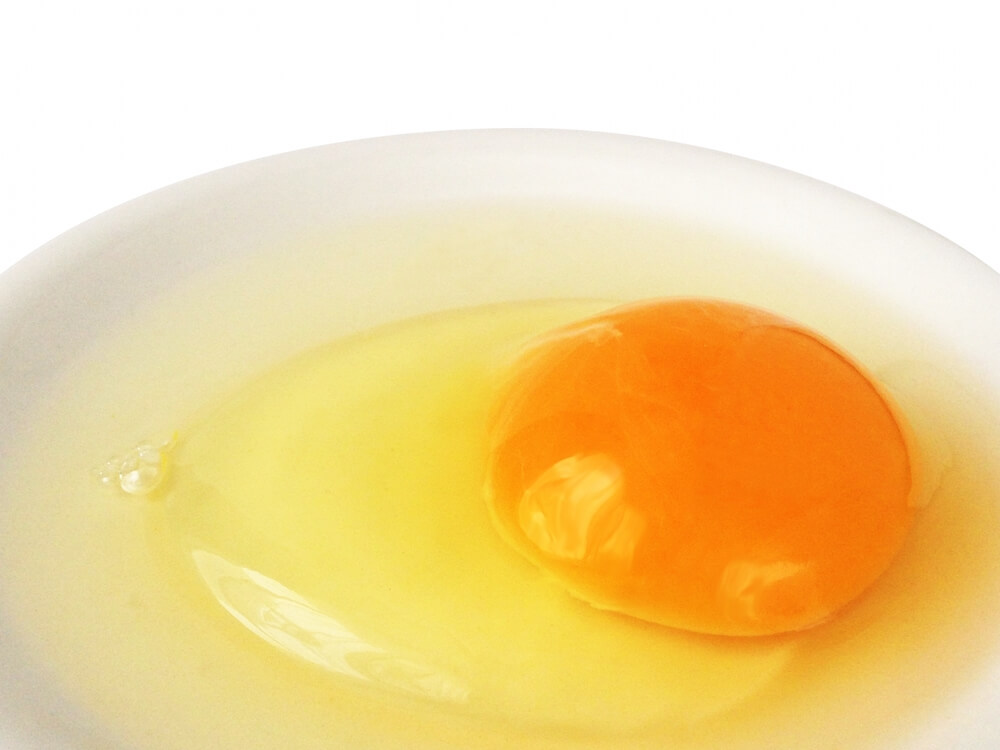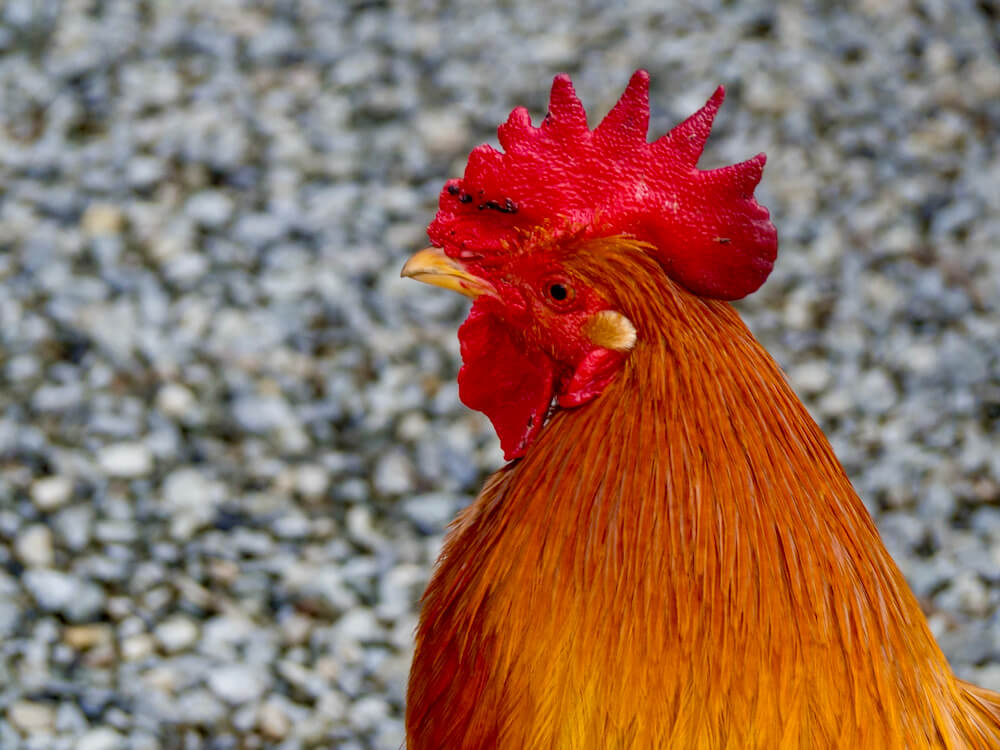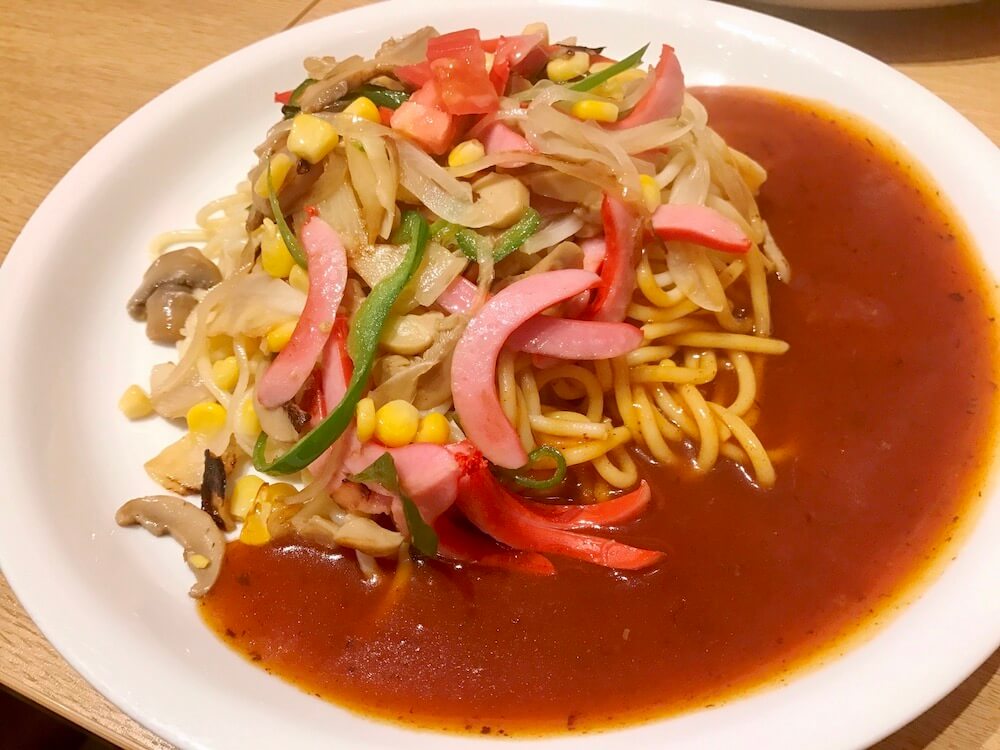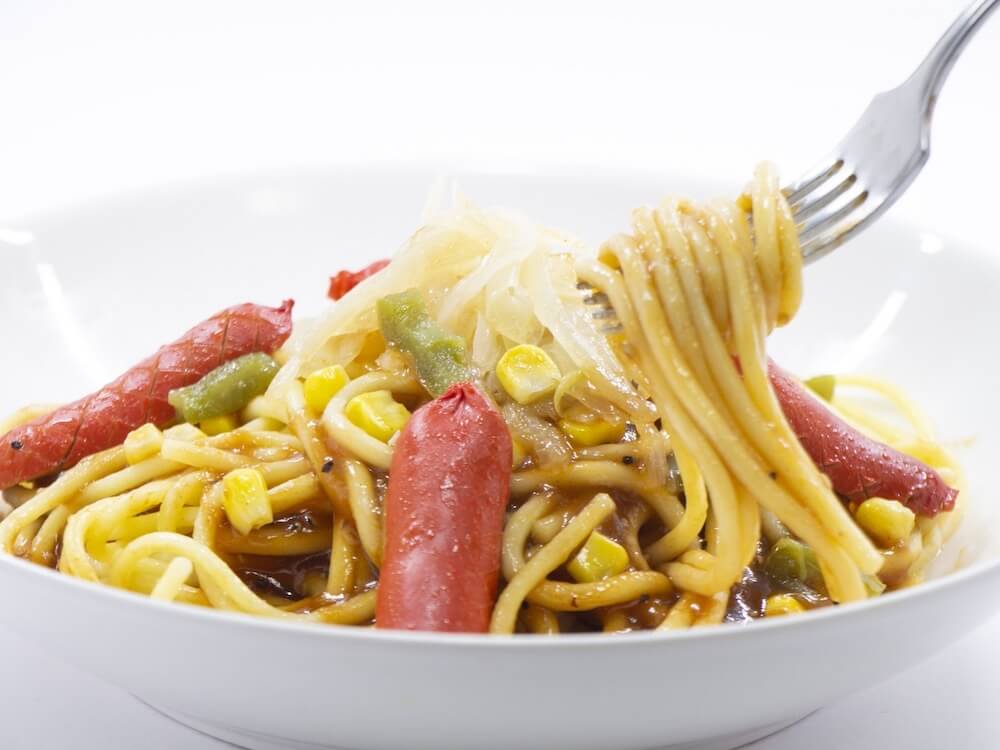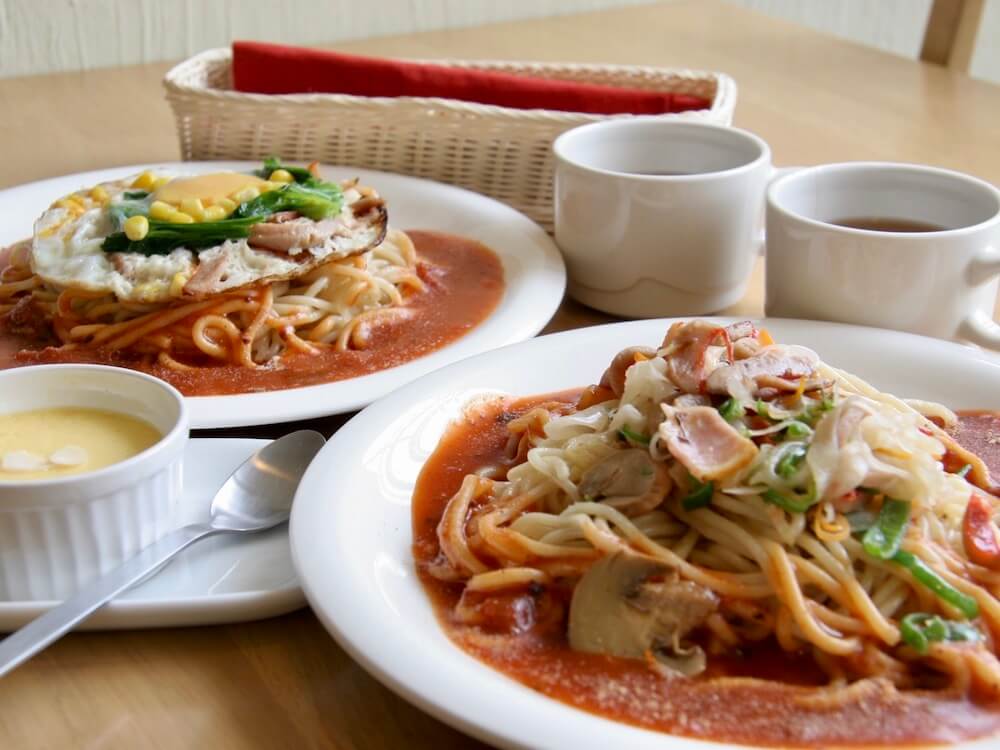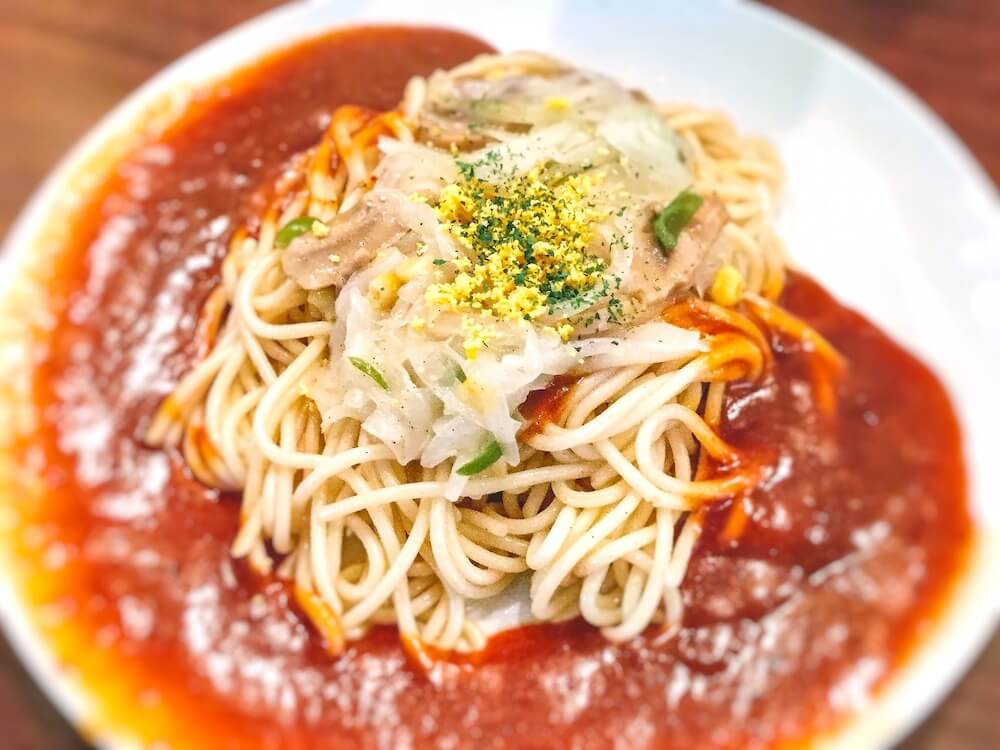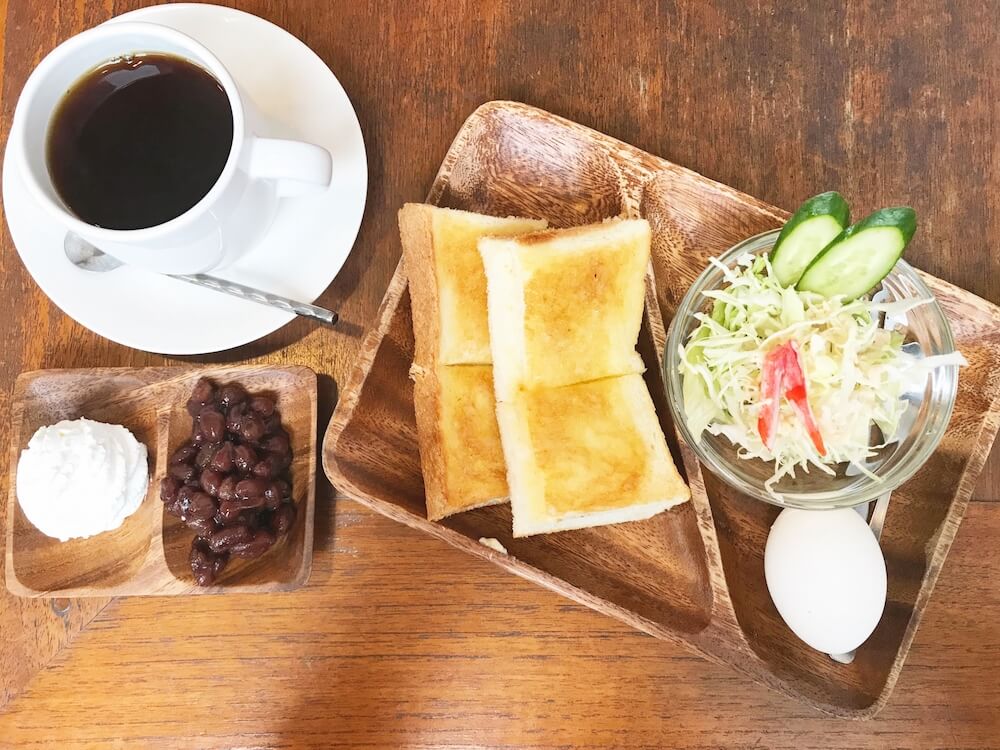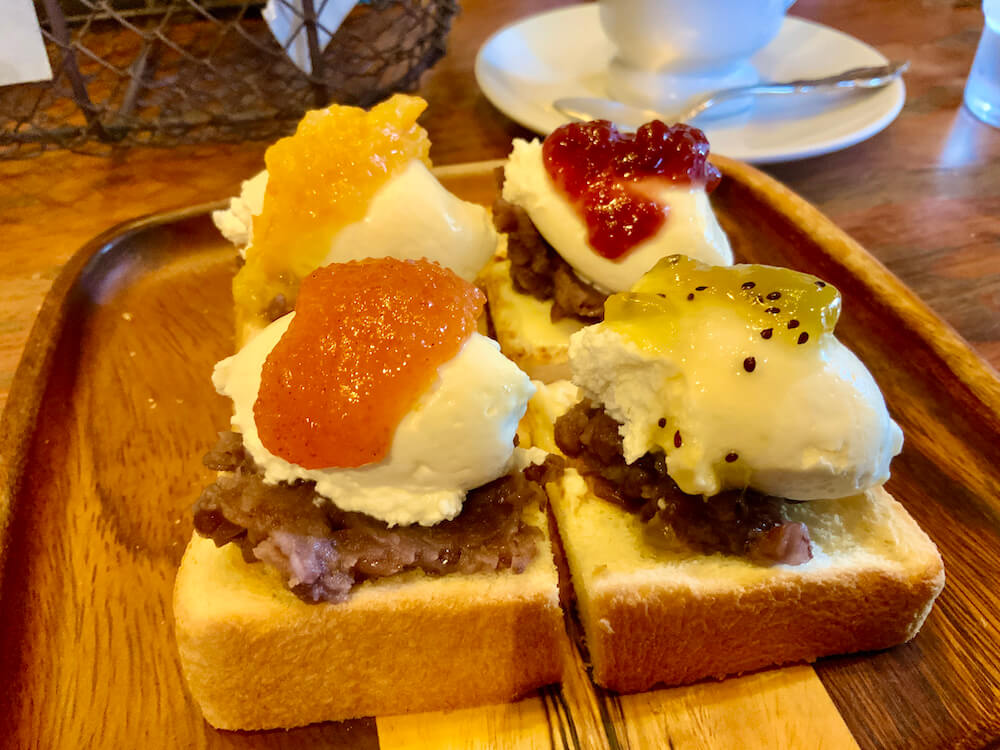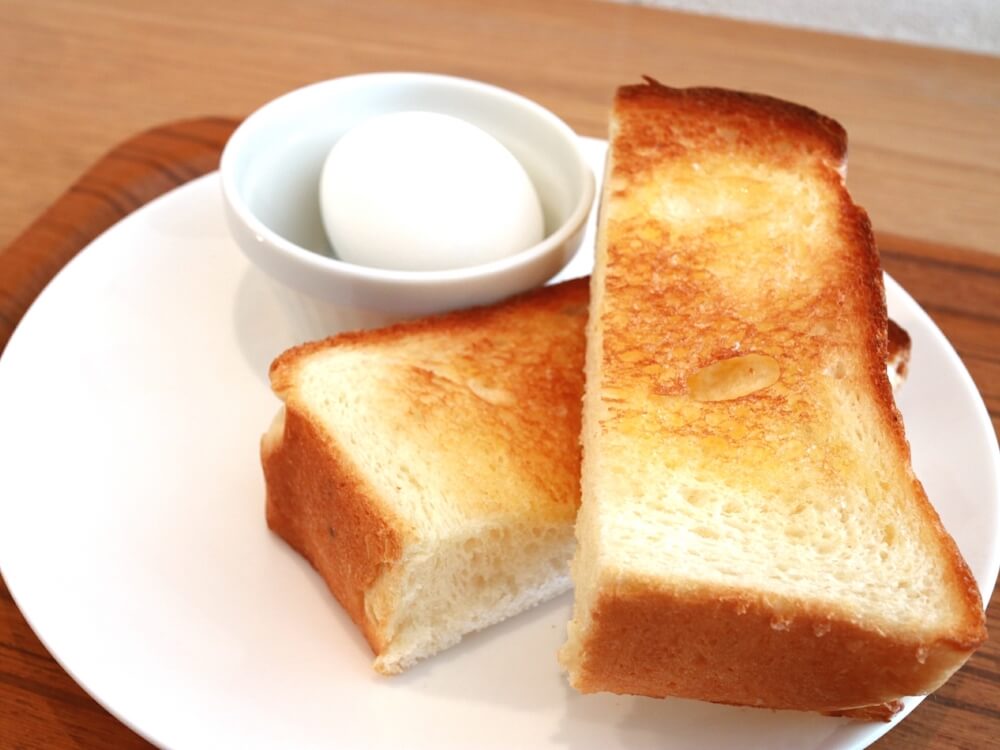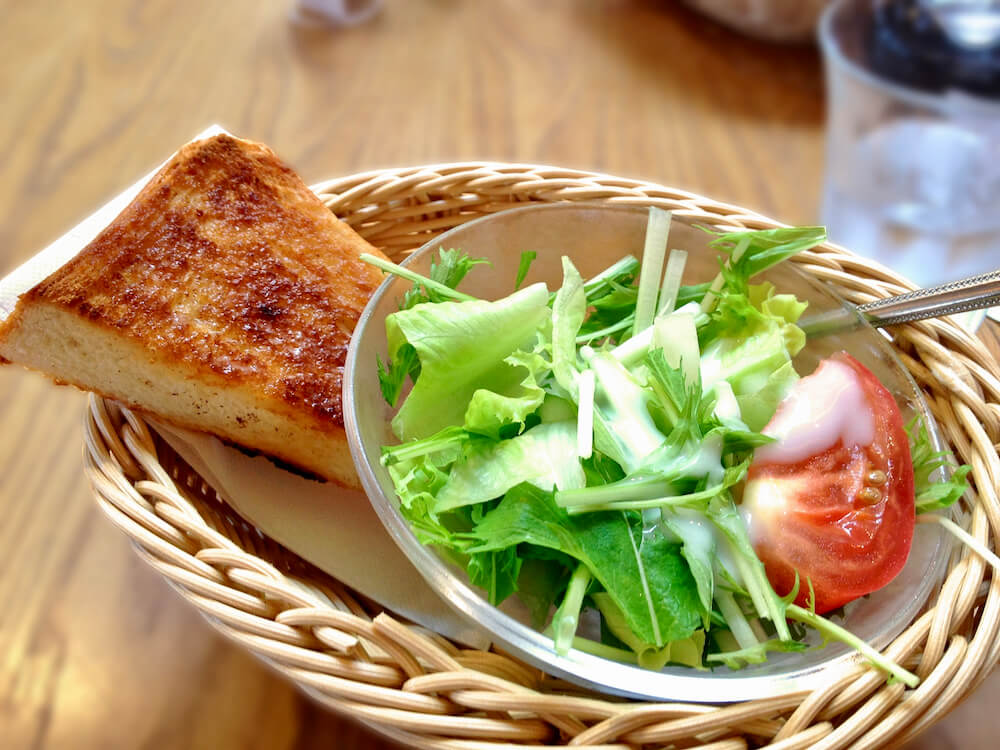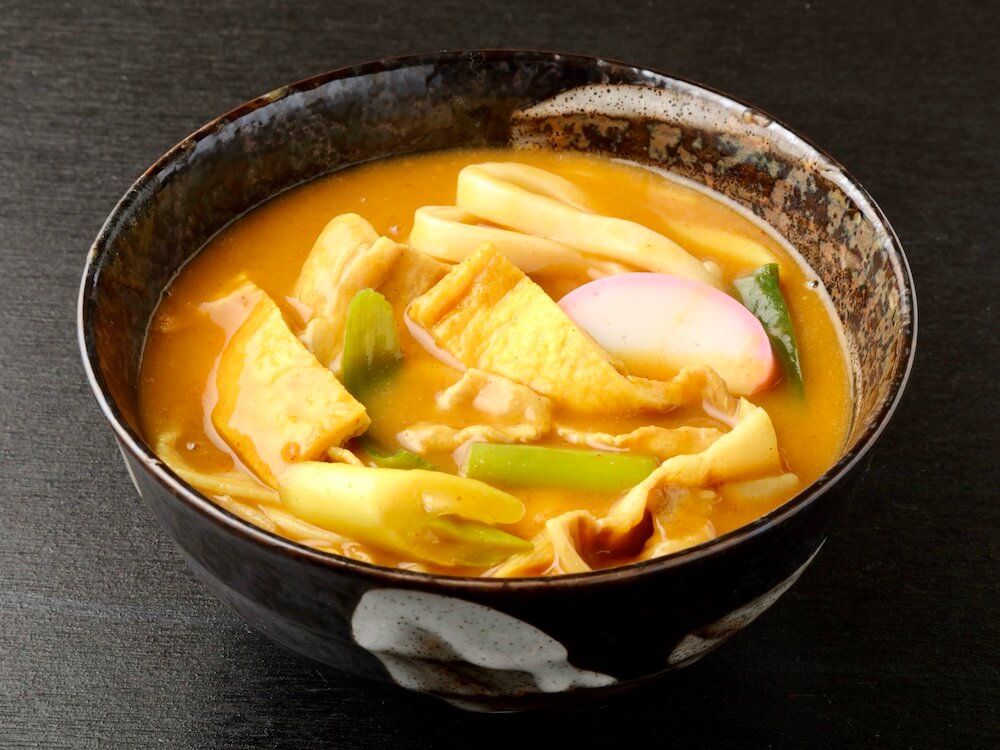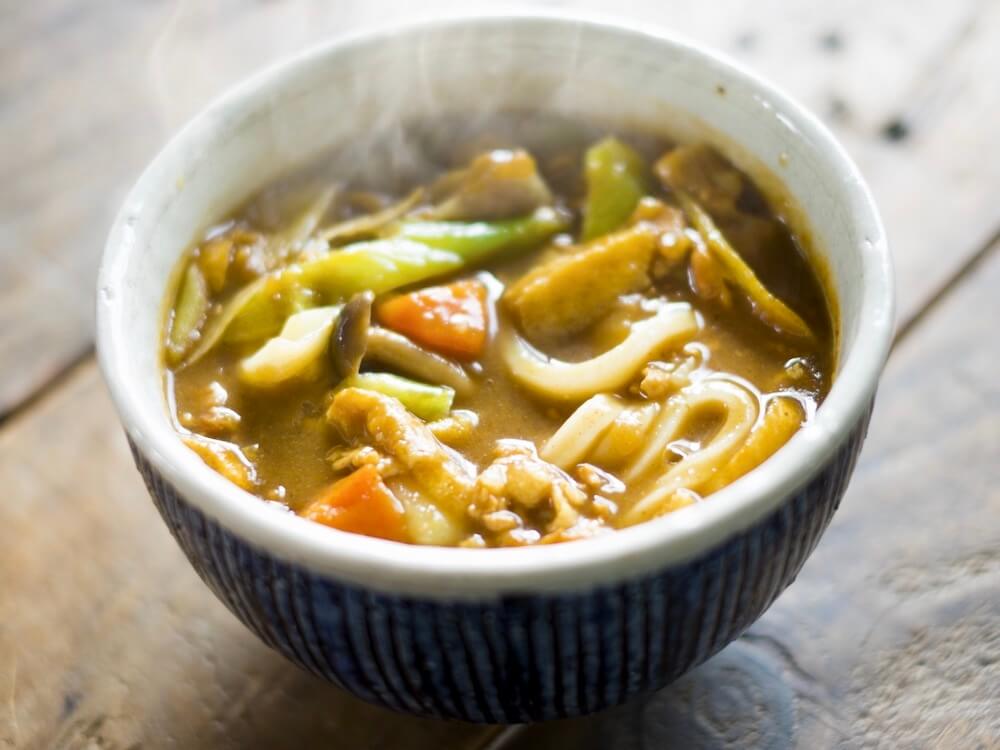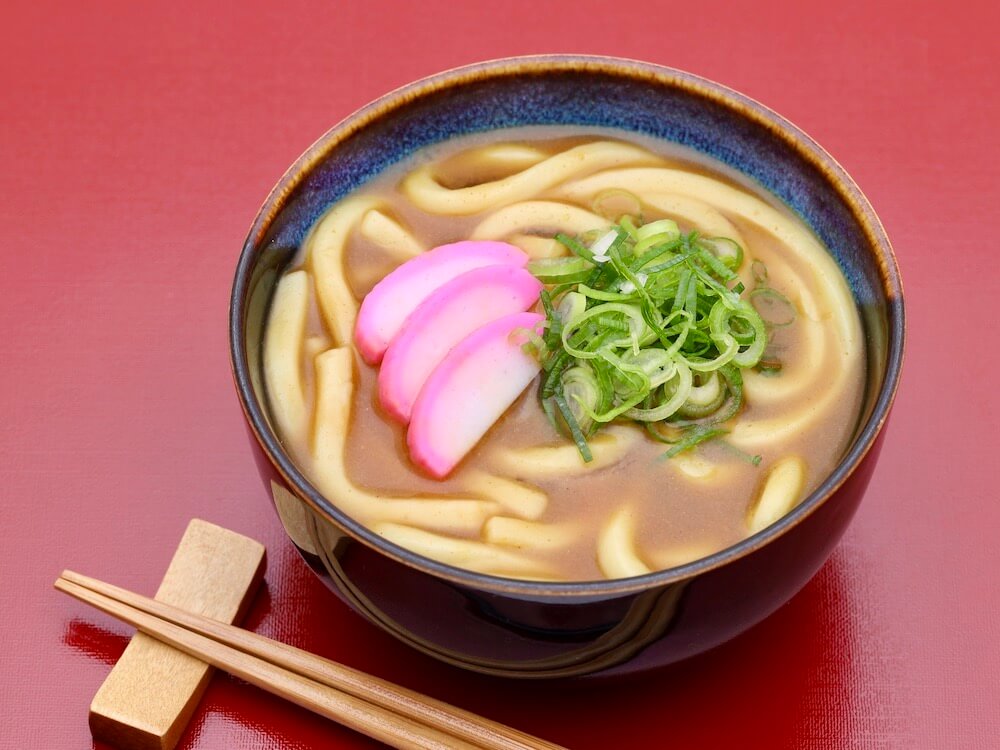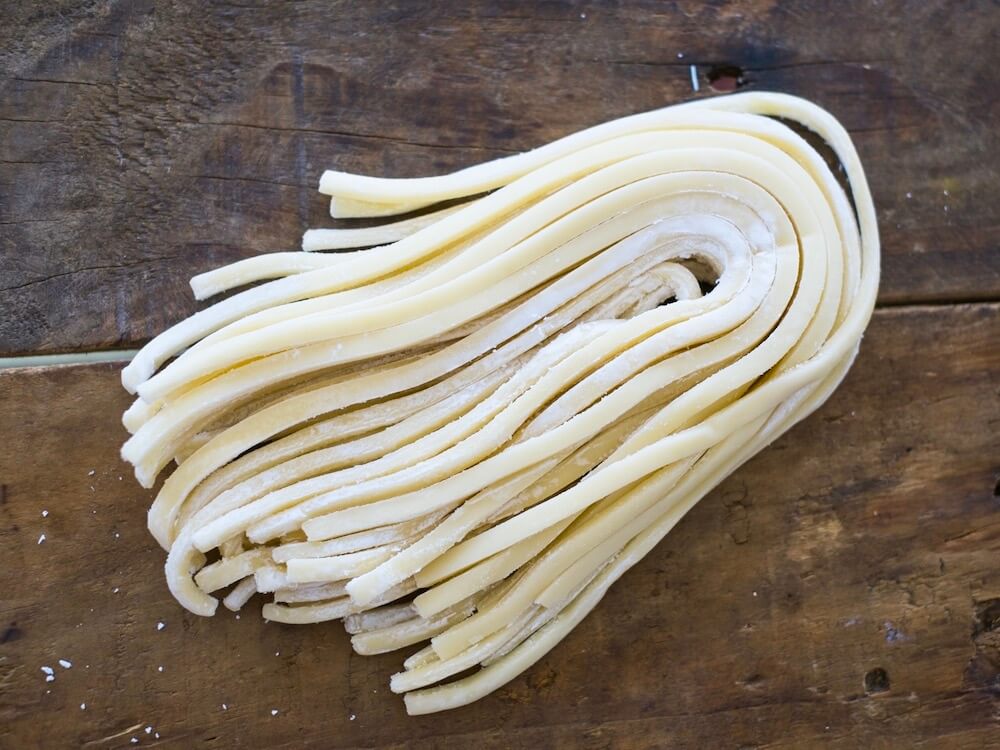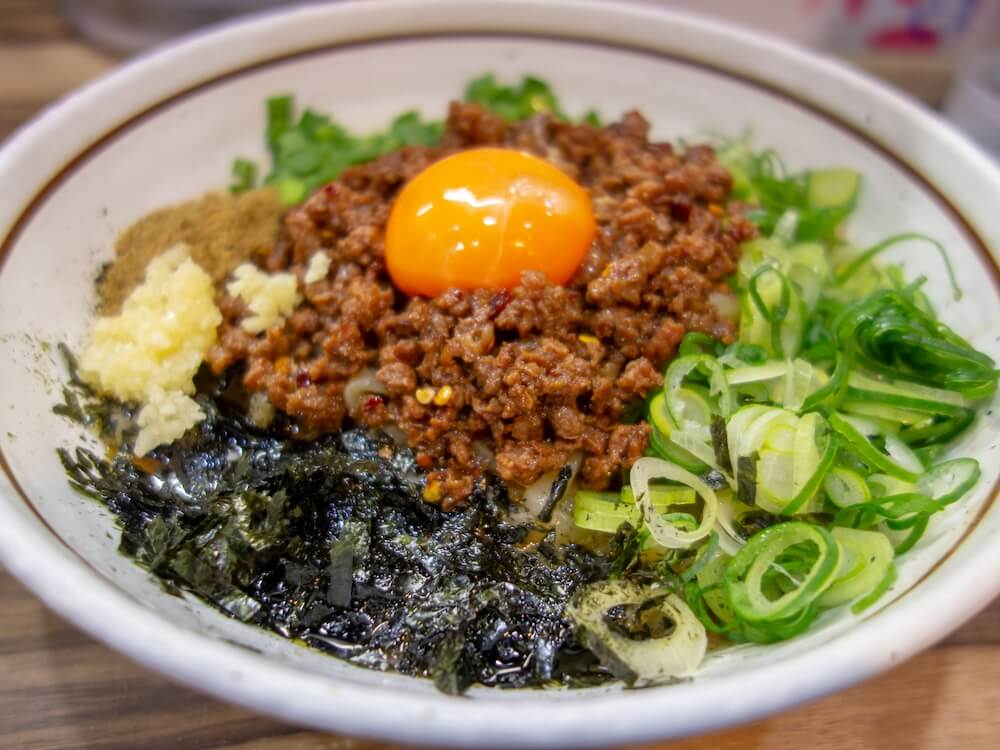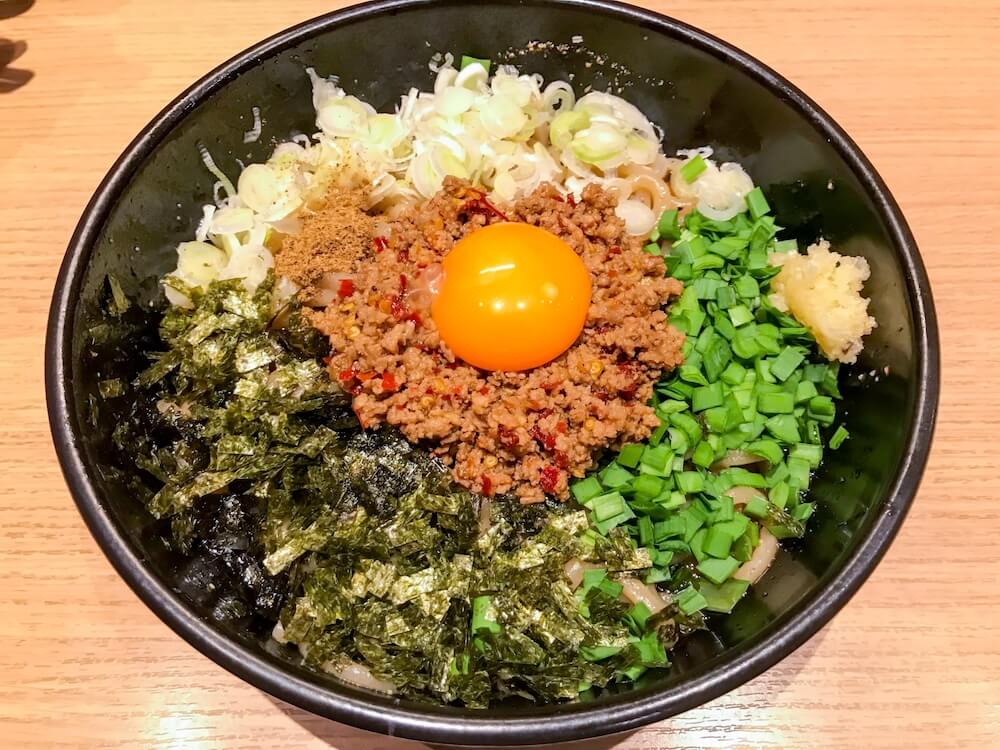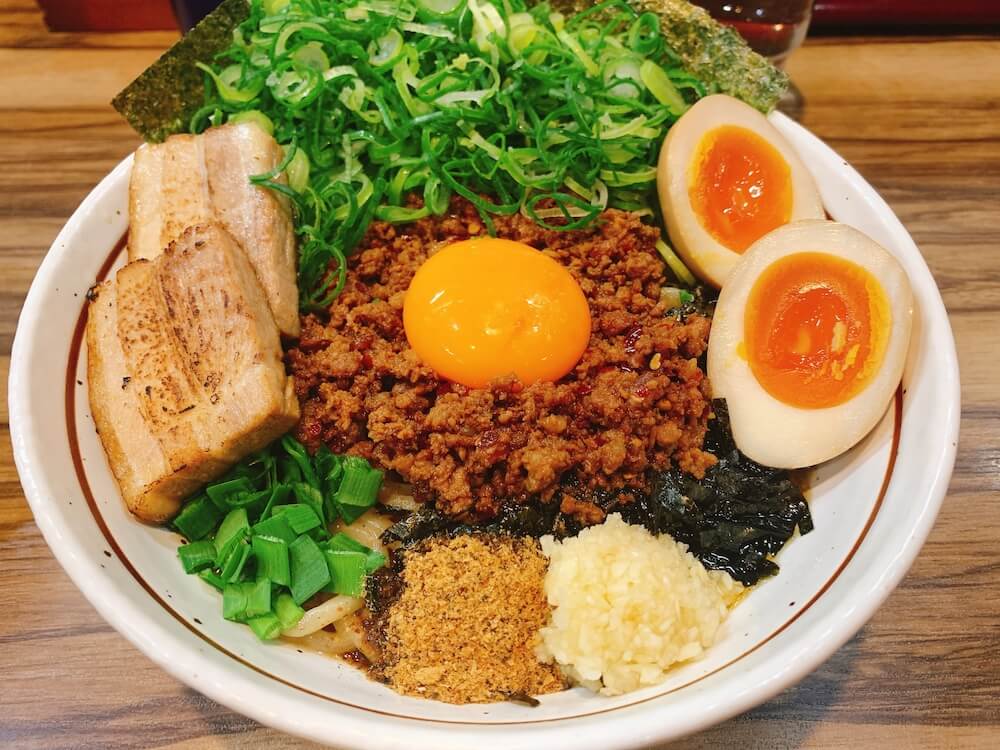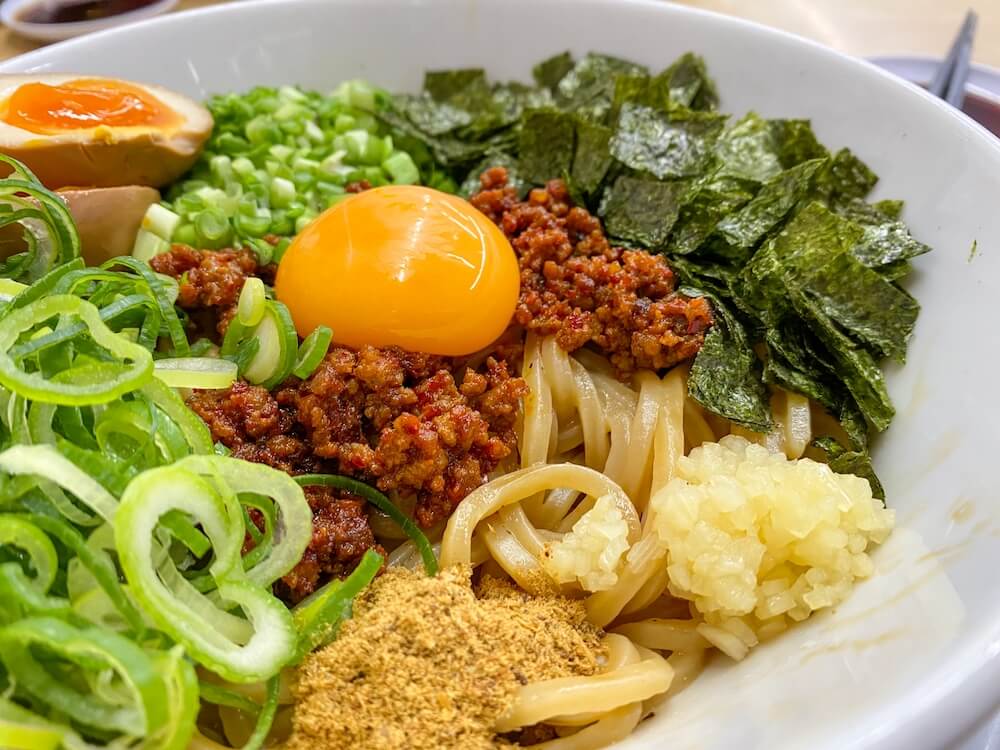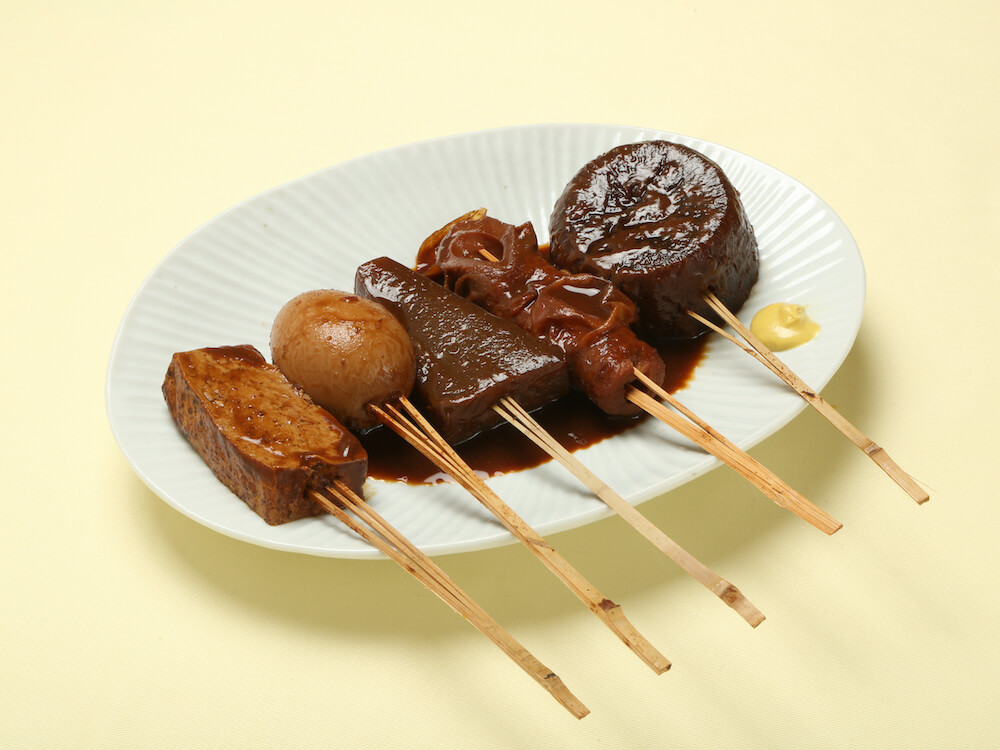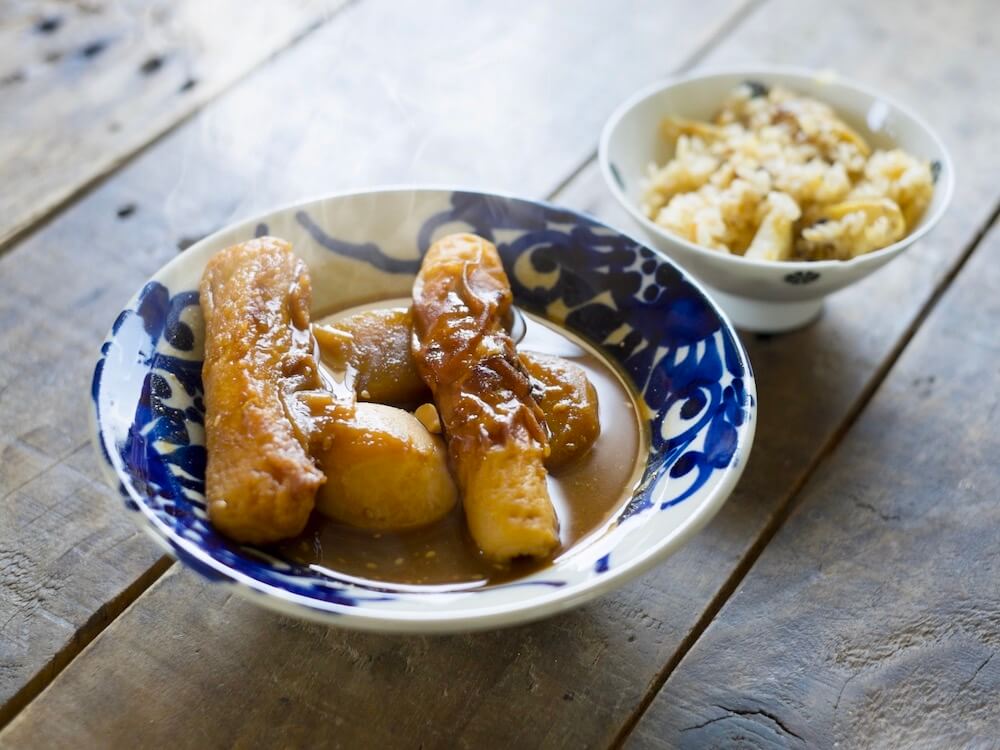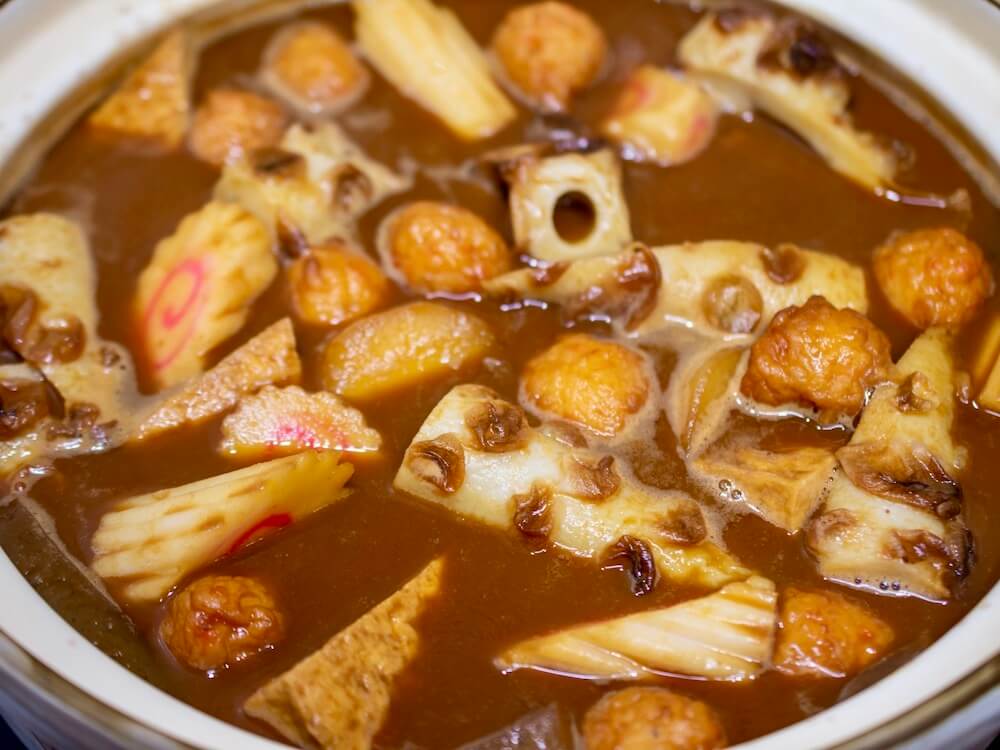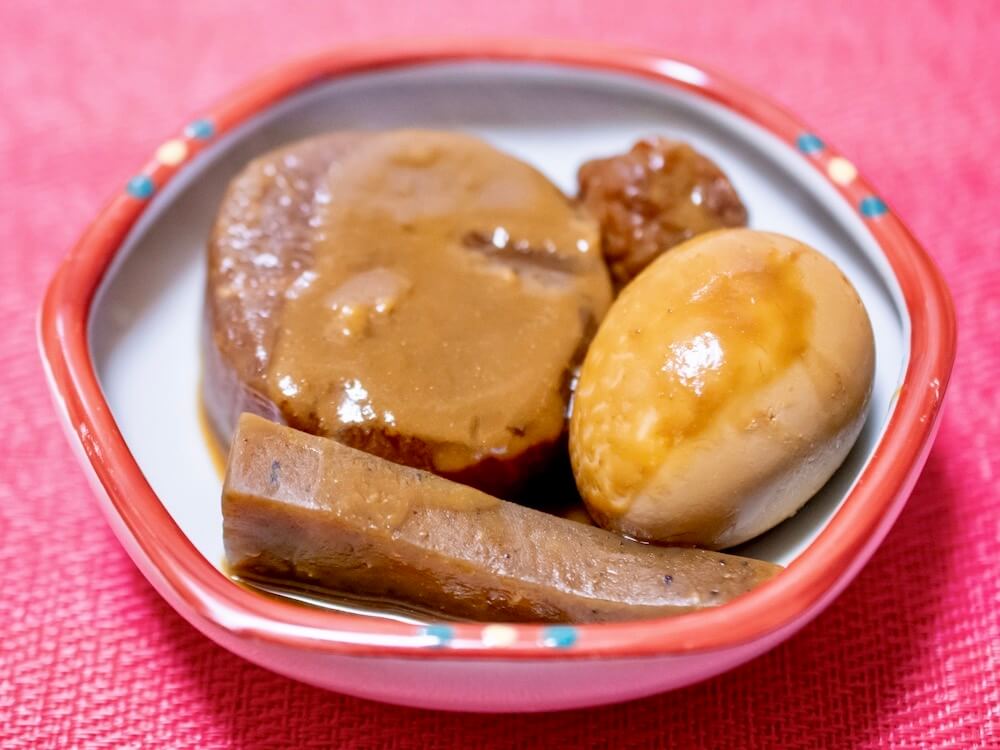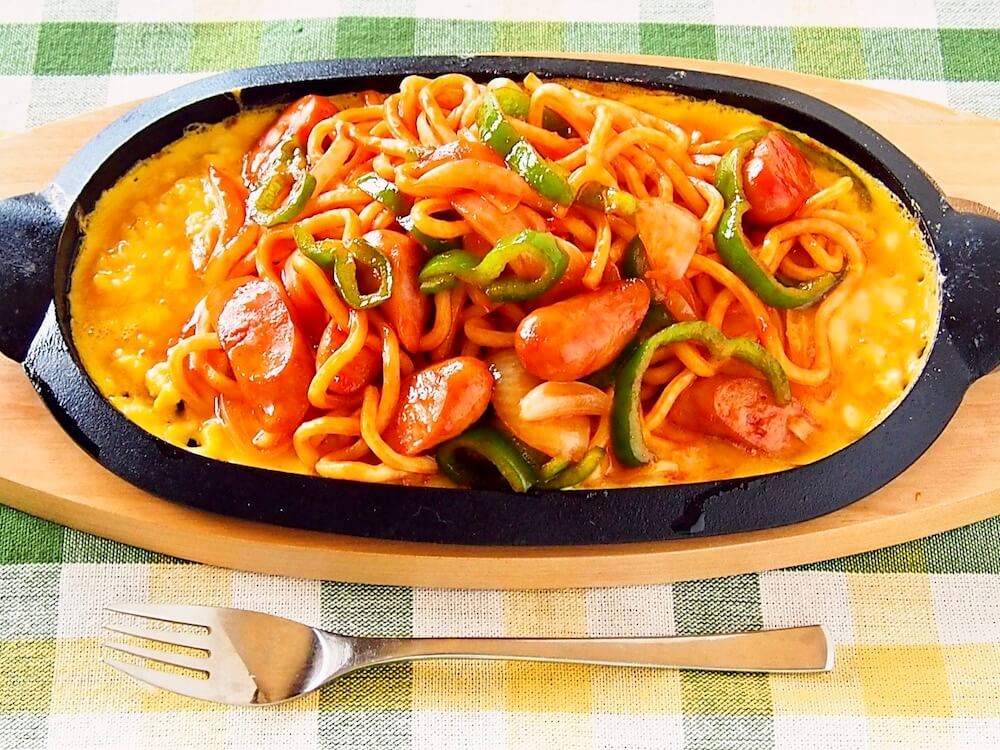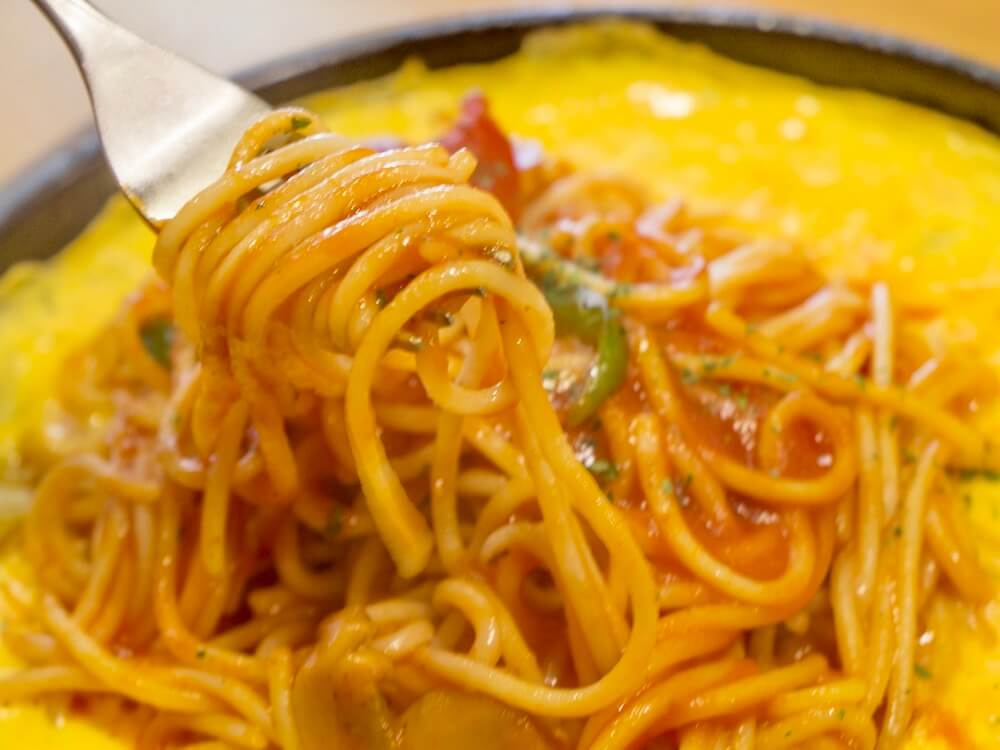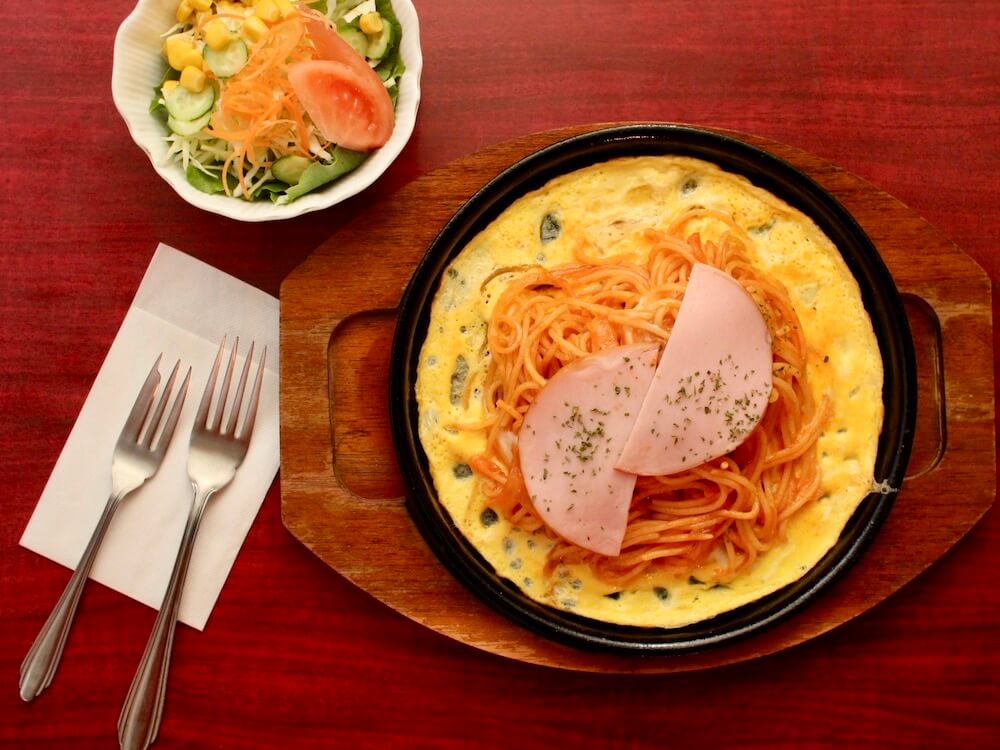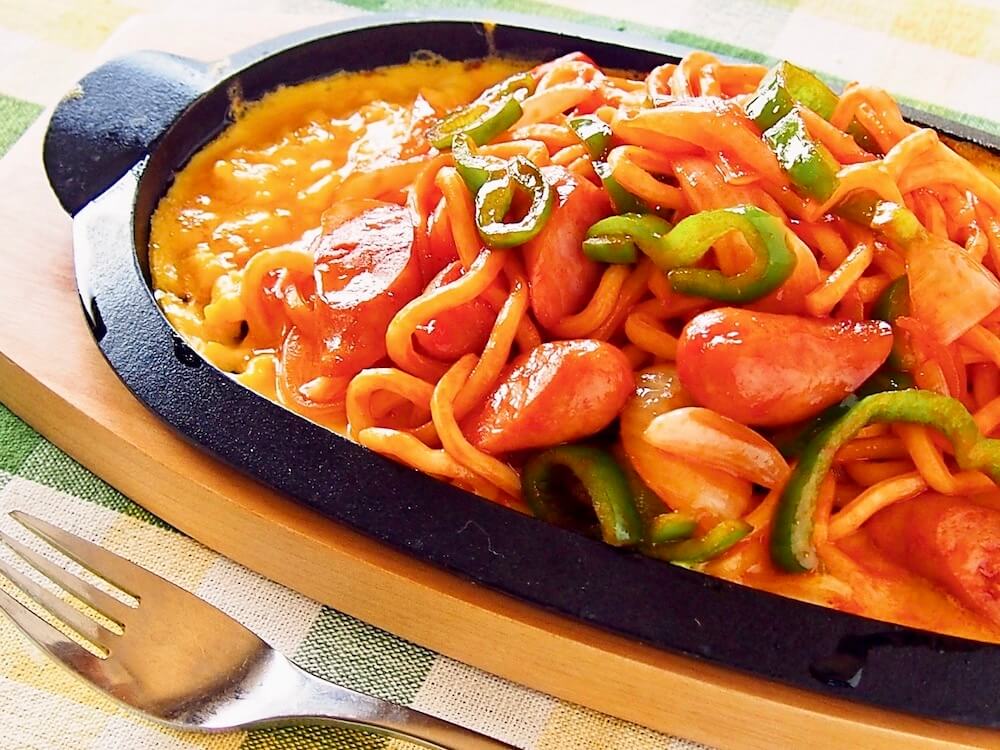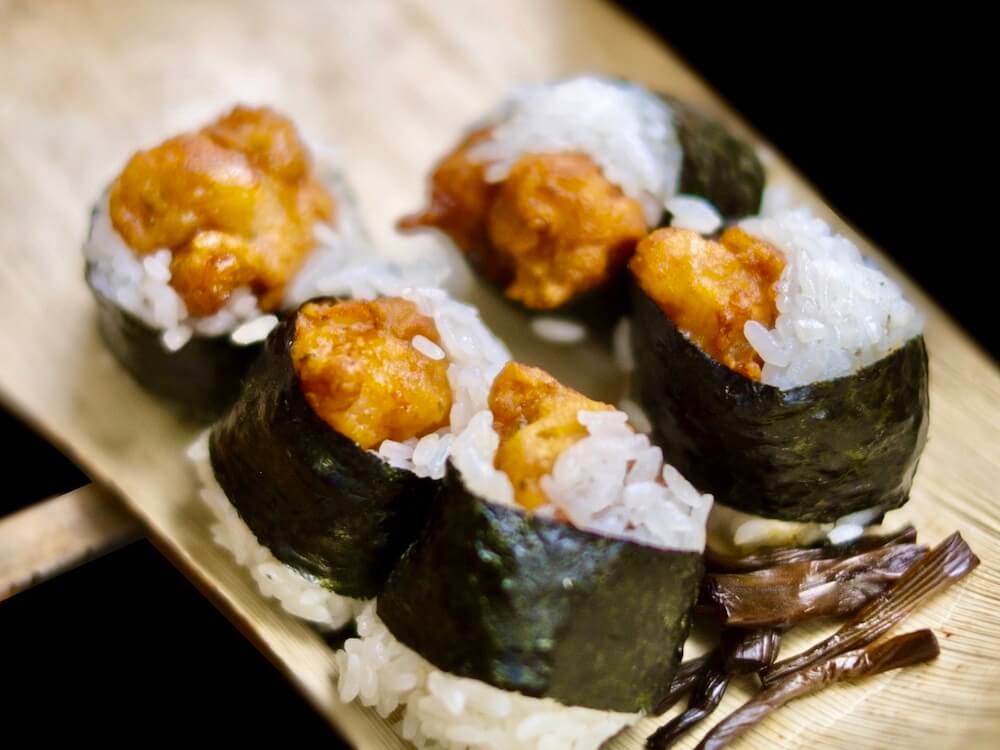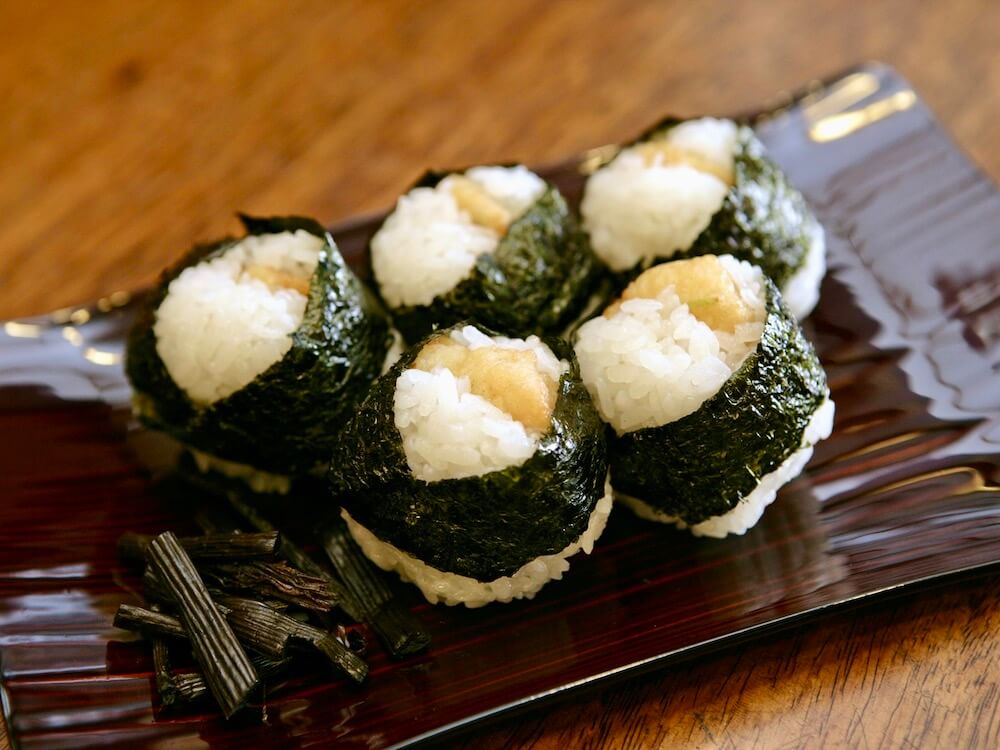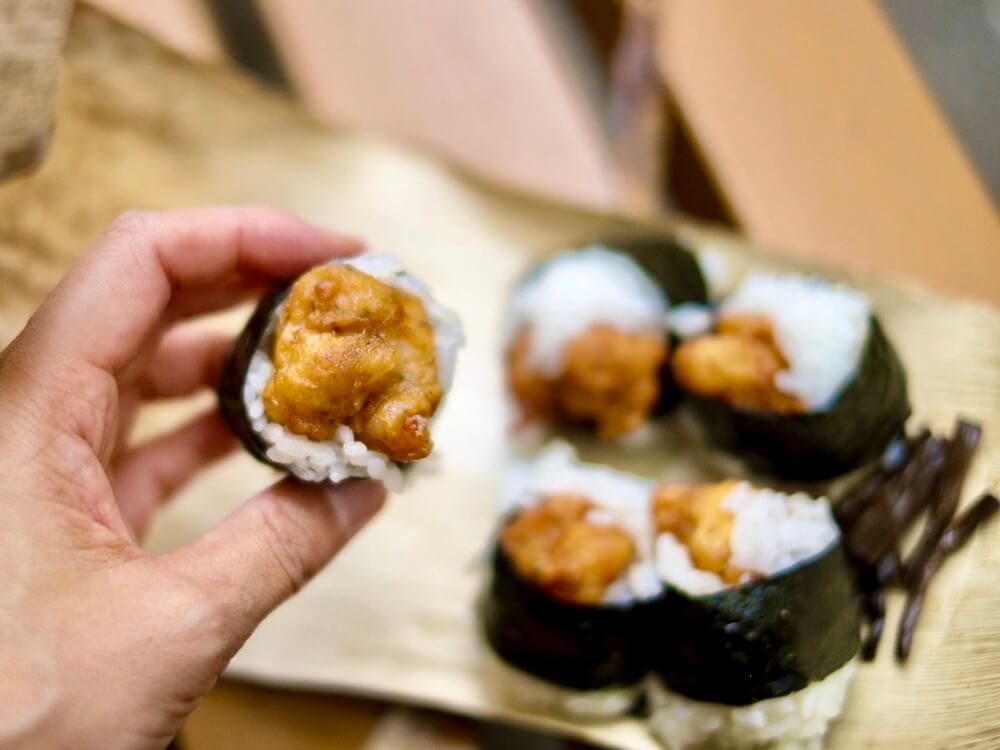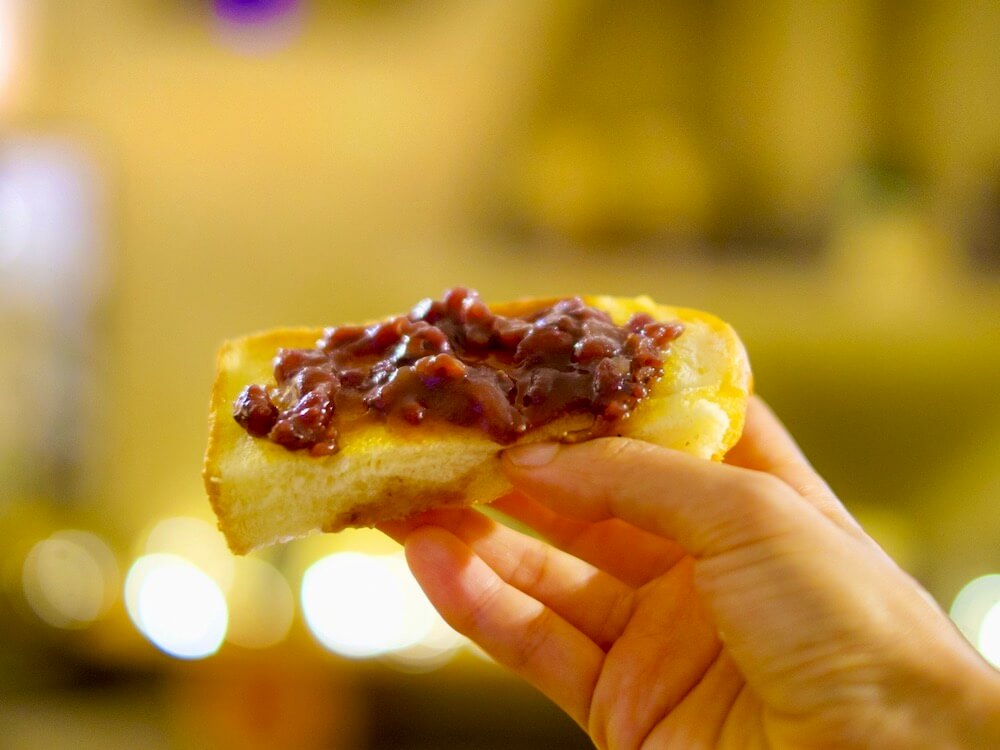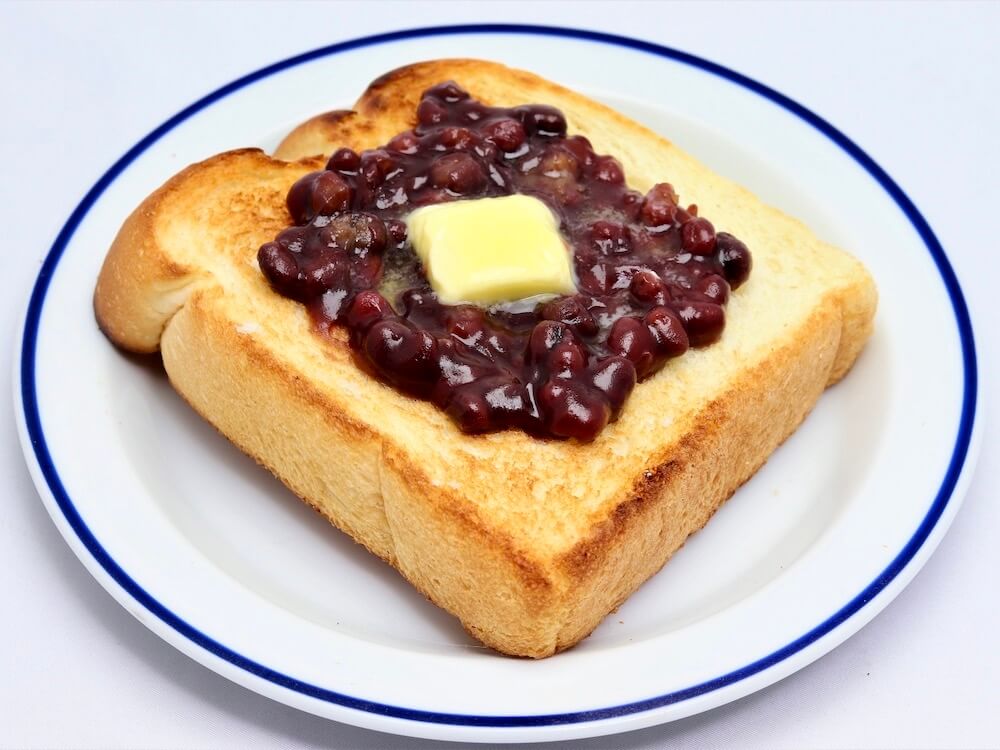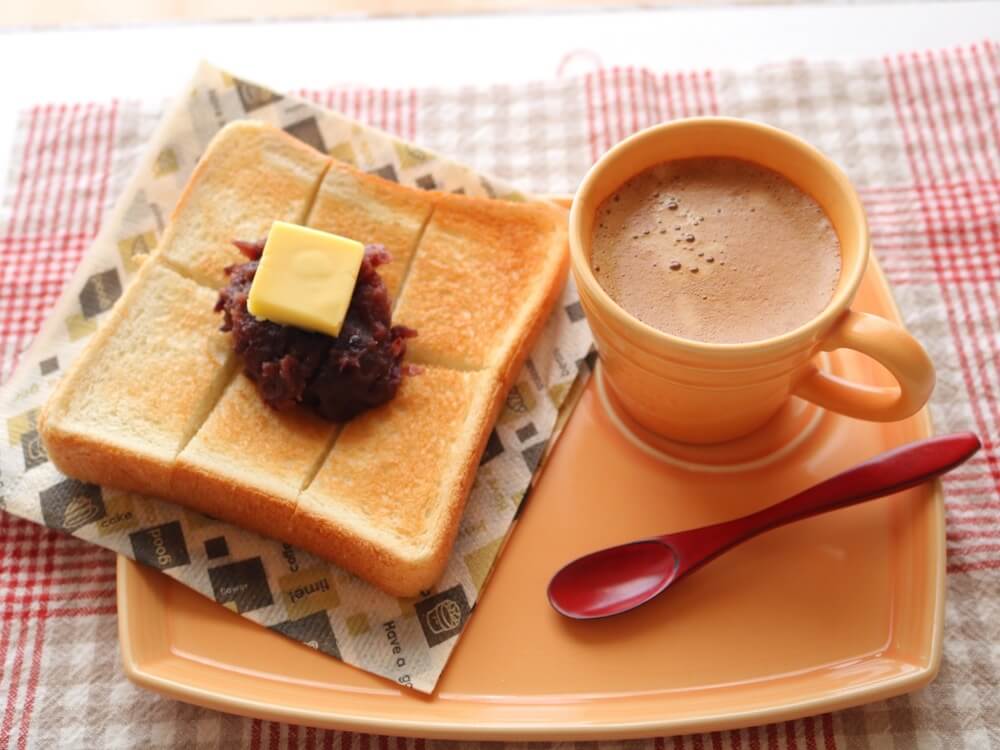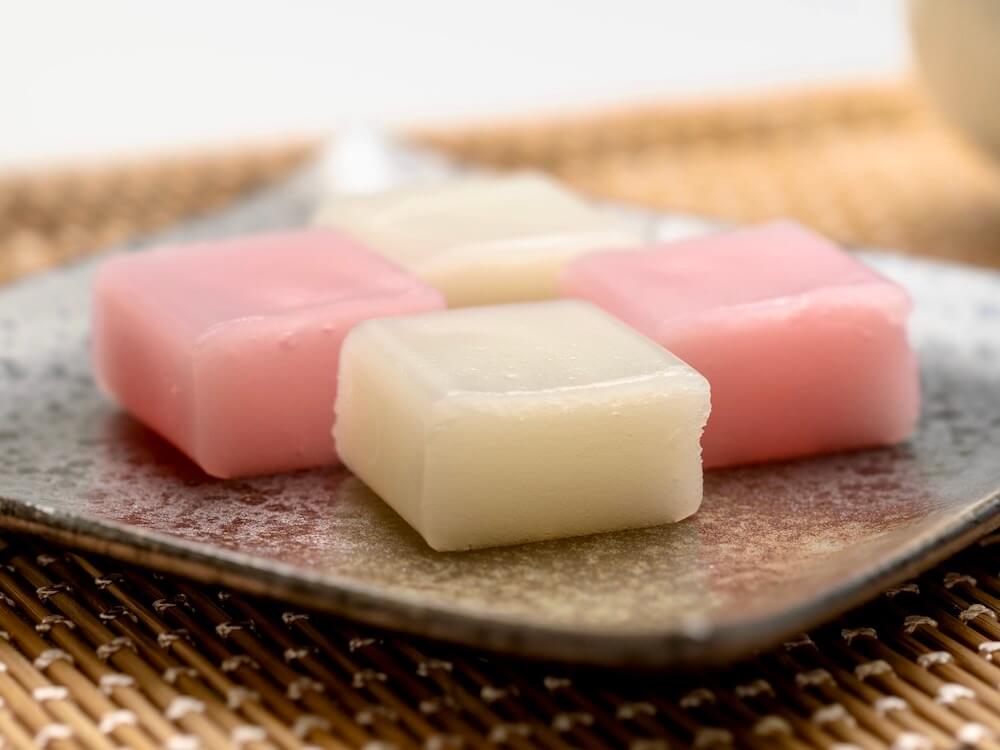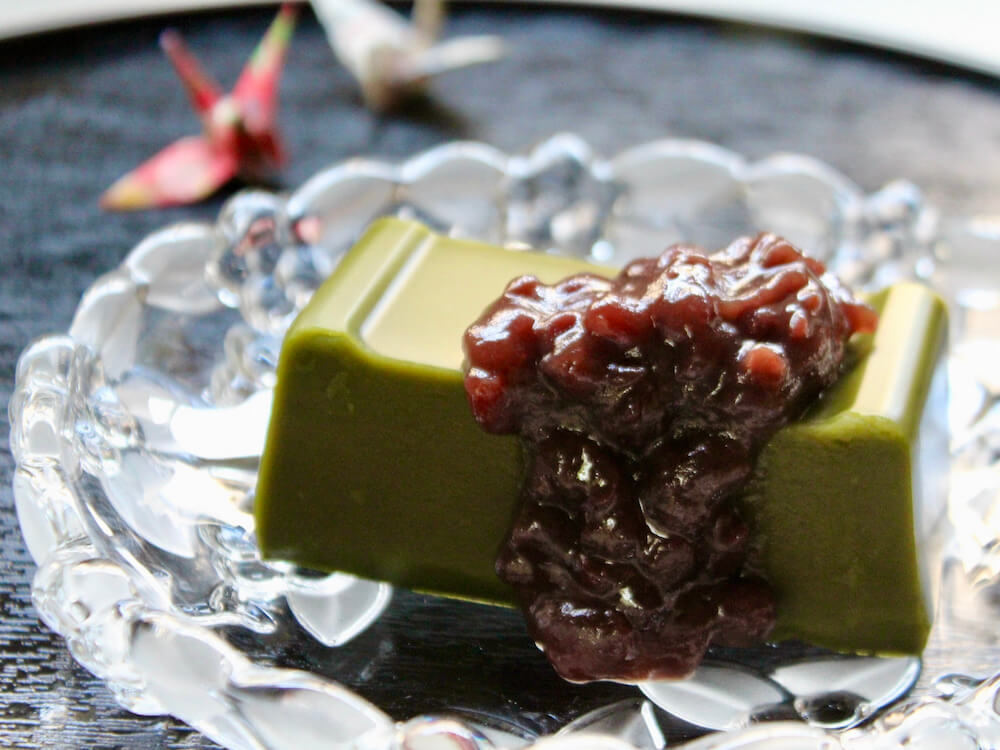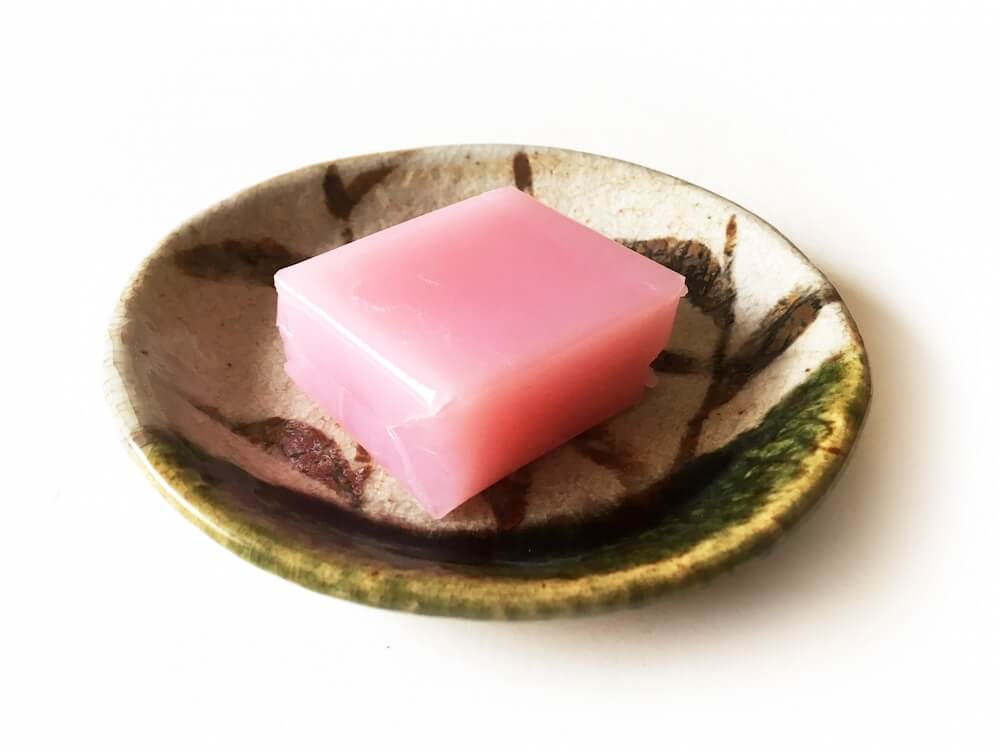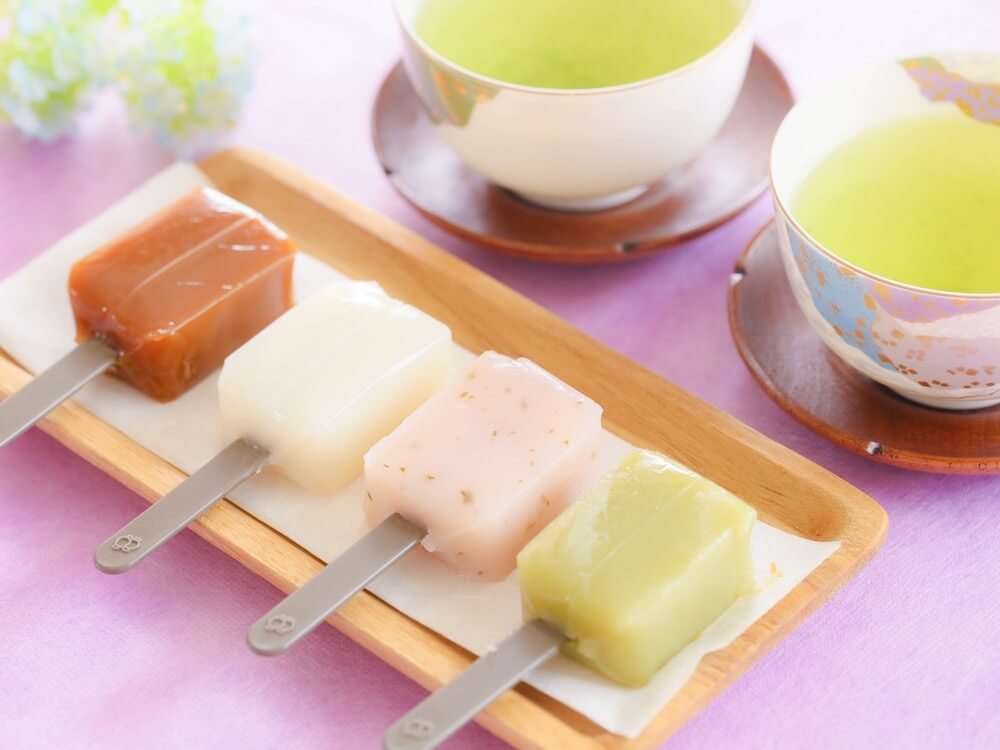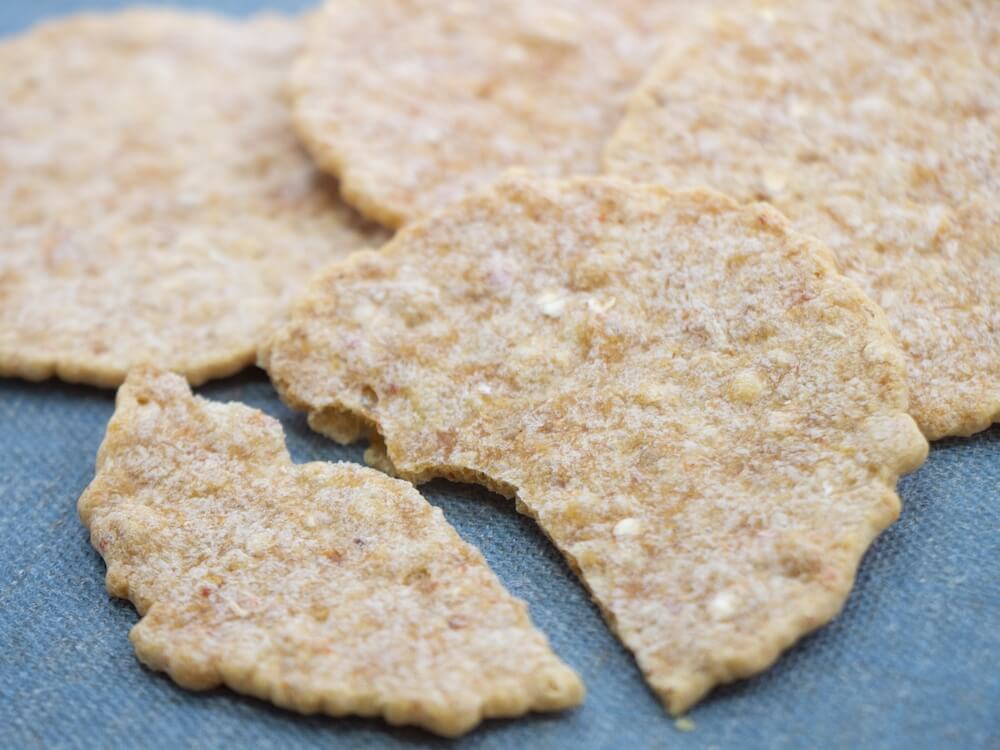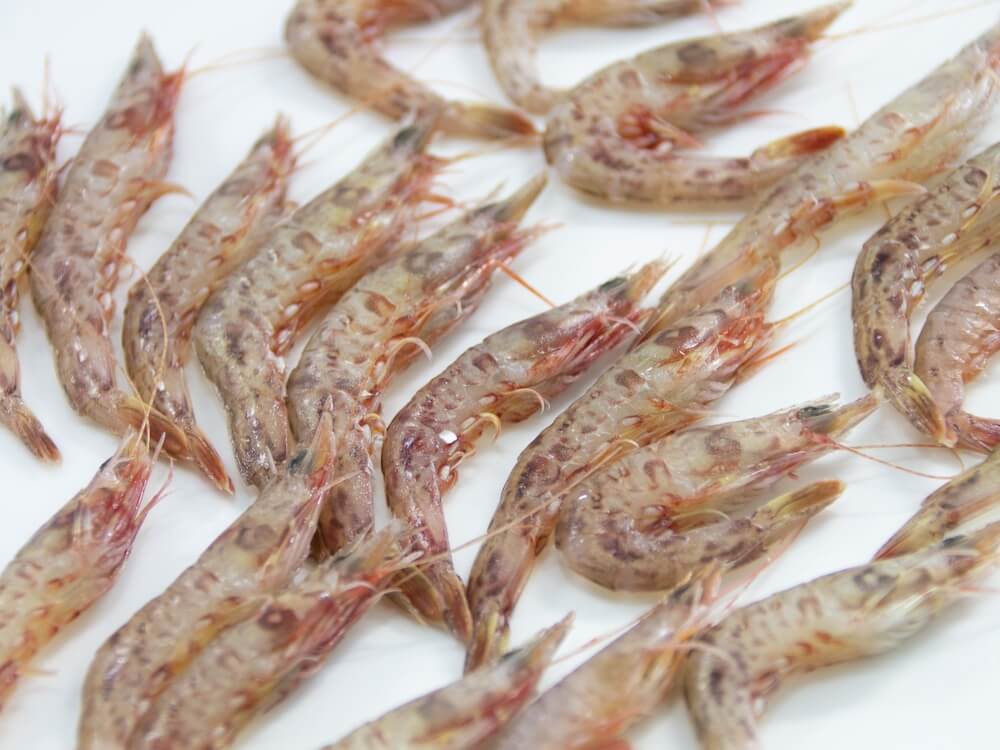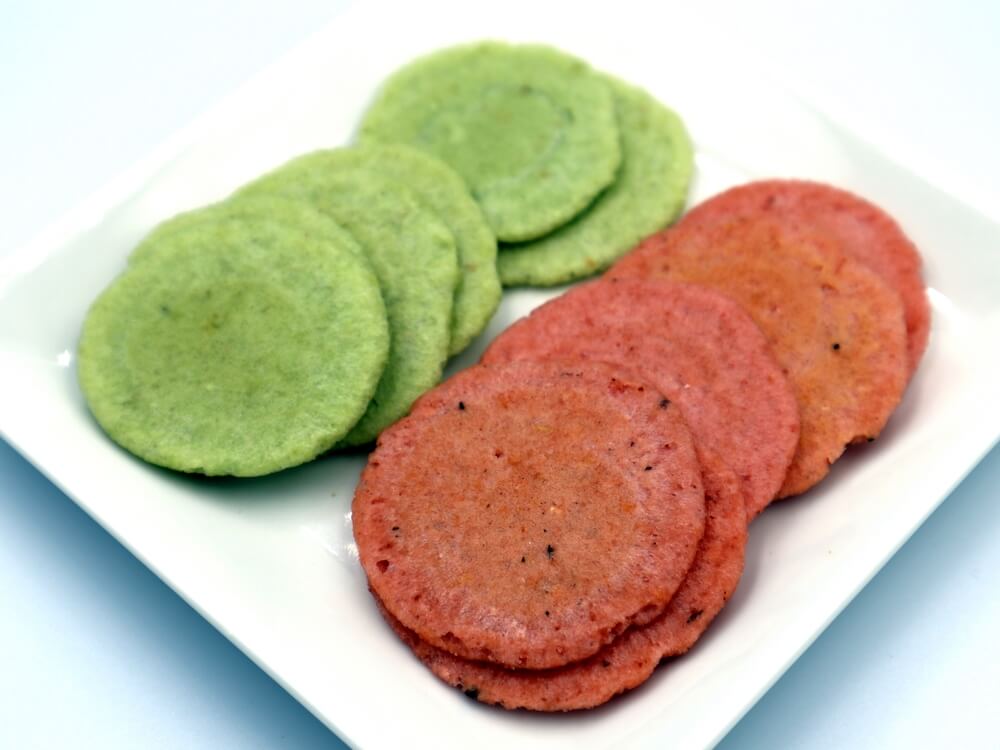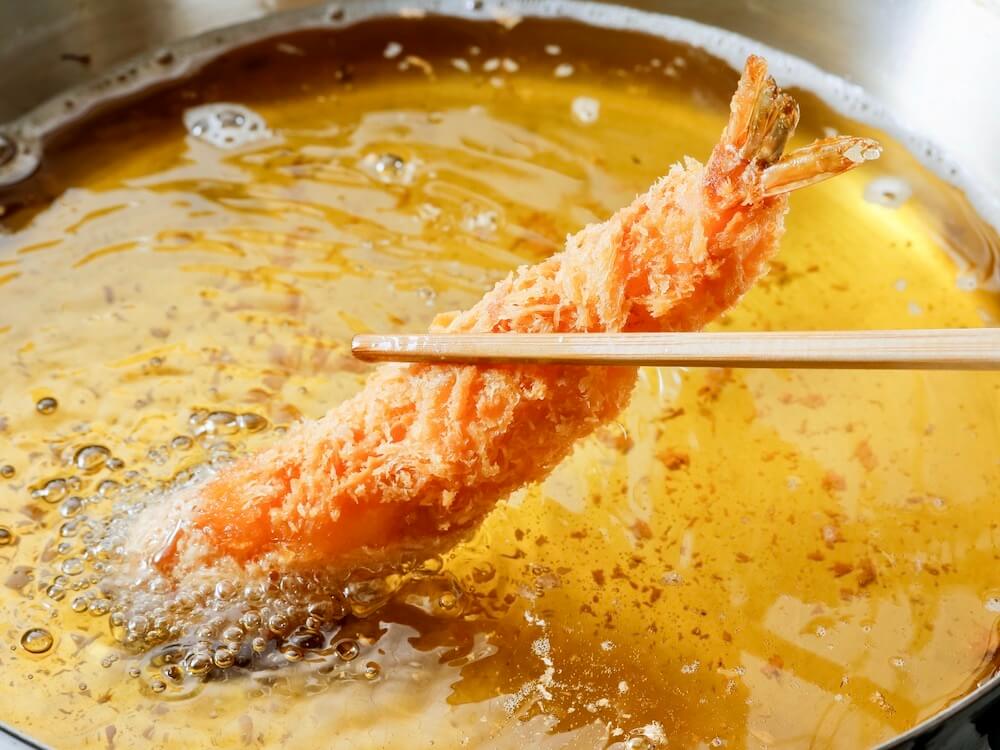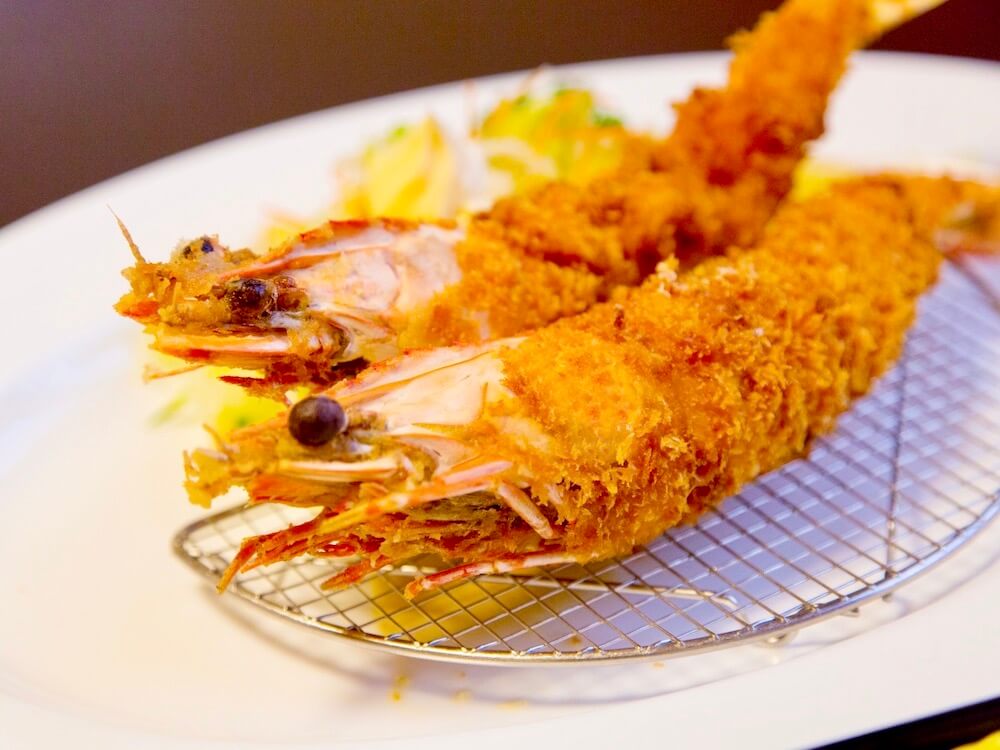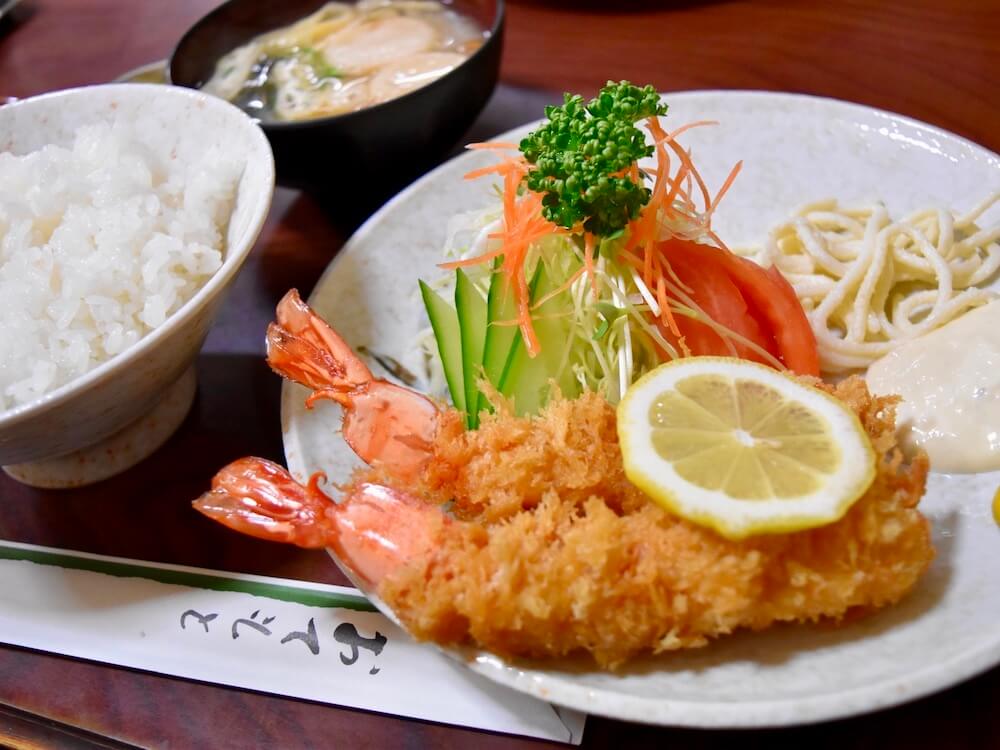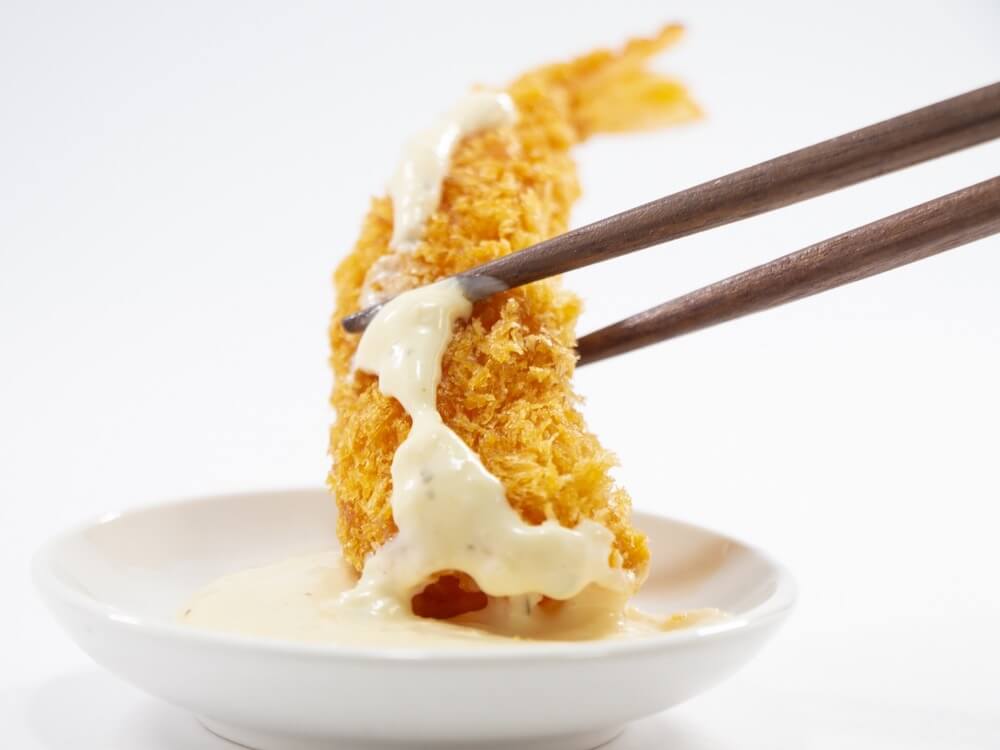The 18 types of Nagoya-meshi
NAGOYA MESHI -Nagoya Local Food Specialities-
The locals have been in love with their own unique food in Nagoya.
Now it is called “Nagoya Meshi” and it finally came into the spotlight in Japan.
It is a must to try some “Nagoya Meshi”, outstanding Nagoya local food specialities when you visit Nagoya!
Nagoya Meshi
List of Nagoya specialties
The locals have been in love with their own unique food in Nagoya.
Now it is called “Nagoya Meshi” and it finally came into the spotlight in Japan.
It is a must to try some “Nagoya Meshi”, outstanding Nagoya local food specialities when you visit Nagoya!
-
Hitsumabushi
-
Miso Katsu
-
Tebasaki
-
Taiwan Ramen
-
Kishimen
-
Miso Nikomi Udon
-
Nagoya Cochin
-
Ankake Spaghetti
-
Morning Service
-
Curry Udon
-
Taiwan Mazesoba
-
Miso Oden
-
Teppan Italian
-
Tenmusu
-
Ogura Toast
-
Uirou
-
Ebisenbei
-
Ebi Fry
I’ll show you all about Nagoya meshi!
Hitsumabushi
What is "Hitsumabushi"?
Hitsumabushi is a Japanese rice dish decorated with grilled Unagi (eel) at the top. The eel is usually cooked with a hot and sweet soy-based sauce and is served in smaller pieces that allows it to be enjoyed with simply plain rice, or accompanying condiments and an original soup stock or hot tea.
Main Ingredient List
- Freshwater eel
- Rice
- Sweet, thick soy sauce for grilling
- Fish broth
- Condiments
Average Price
JPY 3,000 – JPY 5,000
Hitsumabushi is more than just a bowl of eel-don (Unagi-don) or rice with eel.
If you think Hitsumabushi is just another eel-don (Unagi-don), please wait a moment while we clarify! While a typical Unagi-don consists of only rice with eel, Hitsumabushi is actually a more lavish dish set that comes complete with an assortment of side plates filled with various condiments such as green onions, Japanese seaweed, wasabi and a bowl of warm soup stock, to be enjoyed together with the rice with grilled eel.
Let us now explore the ways of how yakumi and dashi are used in Hitsumabushi to increase your appetite and elevate your enjoyment!
Miso Katsu
What is "Miso Katsu"?
Miso Katsu is essentially a dish of pork cutlet that is enveloped with sweet miso.
Main Ingredient List
- Pork
- Miso
Average Price
JPY 1,000
There are basically two types of miso sauces, “silky” and “rich”.
Miso Katsu is a simple and tasty dish!
There are two main types of Miso Katsu dishes.
The most important factor to distinguishing a Miso Katsu dish is the main miso sauce.
A Miso Katsu dish with its silky sauce seeps into the batter and marinades the meat as well.
Another type of Miso Katsu dish is to be enjoyed with a richer miso sauce that results in a more flavourful experience. The batter remains crunchy and delicious.
The sauces in a Miso Katsu dish are key factors in differentiating the two variants.
Tebasaki
What is "Tebasaki"?
Imagine a dish of succulent fried chicken wings, but this time, the wing tips are the focus. Tebasaki wing tips are seasoned with a mix of spices, sesame seeds and a sweet and spicy sauce.
Main Ingredient List
- Chicken wings
- Salt and pepper
- Soy sauce
- Sesame
Average Price
JPY 500(5 pieces)
Enjoy them with a chilled glass of beer! An Izakaya-style Nagoya-meshi!
Tebasaki remains a highly popular dish, and is a favorite Nagoya-meshi at Izakaya. It is the perfect snack to enjoy with beer and many other drinks. Tebasaki is flavourful, usually slightly crispy and is a wonderful dish to pair up with other food items. It has a distinctive taste and can be rather addictive. It is an appetizing dish due to a signature mix of spices, pepper and flavourful seasoning. In Nagoya, Tebasaki is always sought-after and remains a highly desirable dish at many restaurants!
Click here to learn about the best restaurants for TebasakiTaiwan Ramen
What is "Taiwan Ramen"?
“Taiwan Ramen” is a type of ramen made up of minced meat which is stir-fried with hot chili peppers, chives and garlic.
Originally from Nagoya itself, “Taiwan Ramen” was actually founded in Nagoya instead of Taiwan.
Main Ingredient List
- Noodles
- Ground pork
- Chilli pepper
- Garlic
- Chinese chive
- Chicken broth
Average Price
JPY 600 - JPY 1,000
This is dish that originated directly from Nagoya.
Misen, a Chinese Taiwanese restaurant in Nagoya City founded this dish.
The owner, who is originally from Taiwan, started serving a noodle dish called the "Danzai noodle", which was originally from Taiwan.
He then proceeded to creating a spicier version and named it, the "Taiwan Ramen”.
In the beginning, only a handful of customers were enjoying the “Taiwan Ramen”.
In the late 1980s, hot and spicy food started to gain popularity and suddenly, this inspired a period of time known as the ‘hot and spicy boom’.
Now, the “Taiwan Ramen” can be found commonly all over Nagoya and is served at various ramen shops.
Interestingly, in Taiwan, it is called, the "Nagoya Ramen" in reverse.
Reference:http://www.misen.ne.jp/ramen
Kishimen
What is "Kishimen"?
Unlike regular Udon, ‘Kishimen’ is a flat type of Udon with a slippery and smoother texture.
Main Ingredient List
- Flat type of Udon
- Bonito Flakes
- Spinach
- Boiled fish paste
- Japanese leek
- Soup
Average Price
JPY 500 - JPY 1,000
So ‘Kishimen’ is simply just Udon with thinner noodles?
Yes, that is somewhat right!
Kishimen is a flat type of Udon.
I can confidently say that ‘Kishimen’ is one of the most popular types of “Nagoya-meshi”, but many people would probably tell you it is just another type of flat Udon dish.
That is right and we will not deny this fact, but do ponder slightly more and reason out why this dish is actually more popular?
If it is simply just Udon with thinner or flatter noodles, why has it not disappeared into an ocean of regular Udon noodle dishes? There has to be a remarkable difference about ‘Kishimen’ that makes it more appealing than others.
In actuality, it is a dish that has reached a status that cannot be justified in simple words.
Miso Nikomi Udon
What is "Miso Nikomi Udon"?
Miso Nikomi Udon is usually served in a traditional pot. In this pot, udon noodles are cooked with chicken, green onions, fried tofu, shiitake mushrooms and other seasonal ingredients in miso.
Main Ingredient List
- Udon noodles
- Miso
- Chicken
- Japanese leek
- Thin fried tofu
- Shiitake mushrooms
Average Price
JPY 1,000
Udon noodles in the Miso Nikomi Udon dish has a playful chewy texture!
Do pay special attention to the noodles, you will notice that the core of the noodle remains intact even after you have enjoyed chewing it.
Fresh water is used to make the udon.
Instead of salt water, the fresh water makes a real difference to the texture.
Experiencing it for the first time might surprise you but you will soon realise that this is the uniqueness of the Miso Nikomi Udon!
Nagoya Cochin
What is "Nagoya Cochin"?
“Nagoya Cochin” is one of Japan's most famous local chickens, produced in the Aichi Prefecture.
It is characterized by its firm and elastic flesh.
The eggs are also darker in color and richer in flavor.
Main Ingredient List
- Nagoya Cochin
Average Price
---
A luxurious ingredient used in a variety of chicken dishes.
“Nagoya Cochin” is used in a variety of chicken dishes.
Examples of chicken dishes include the yakitori, nabe, oyakodon, tebasaki, karaage, basically any other dish that uses chicken!
The egg yolks are also used in the creation of cookies and puddings, which are popular souvenirs.
“Nagoya Cochin” is not a chicken that people in Nagoya and Aichi eat on a daily basis, but rather a luxurious chicken that is eaten during special occasions.
The price tag of a dish of “Nagoya Cochin” is usually significantly higher due to the stringent guidelines imposed upon the management of the chickens.
Ankake Spaghetti
What is "Ankake Spaghetti"?
The dish consists of extra thick noodles that have been fried in lard and is usually served with a thick sauce, a spicy and peppery paste known as bean paste.
Main Ingredient List
- Extra-thick noodles
- Ketchup
- Black pepper
- Onion
- Green pepper
- Wieners
Average Price
JPY 1,000
It leaves the consumer fully satisfied and happy!
The “Ankake Spaghetti” is also deceptive. It might not look like much but it packs a punch!
There are three major elements that define an “Ankake Spaghetti” dish.
Firstly, the noodles are "extra thick". At 2.2 mm in diameter, they are 30% thicker than ordinary spaghetti.
Secondly, boiled noodles would have to be cooked in a lot of lard. This is the most important factor that creates the volume of the noodles.
Thirdly, there is an option for you to enjoy it with bold toppings and to add on extra noodles, depending on oneʼs own preference. Most restaurants offer up these options for consumers and to enjoy the dish better.
It remains a popular favourite with young men!
Morning Service
What is "Morning Service"?
This is a type of service offered at most coffee shops in Nagoya and is served only in the mornings.
If you order a drink during the morning hours, you get a free toast or a piece of boiled egg.
Main Ingredient List
- A drink of your choice
- Toast
- Boiled egg
Average Price
the cost of a drink + JPY 0 - JPY 500
Kick-off your Nagoya trip with a Morning Service!
If you want to enjoy Nagoya in the morning, experiencing the Morning Service is a must.
The Morning Service is offered right from the beginning of a shop’s opening hours. The time of service varies accordingly and it usually ends at 10am, or for some outlets, 11am.
Recently, the Morning Service culture has been growing at a rapid pace. It has gained popularity amongst tourists and locals alike.
The standard type of service is usually coffee served (your choice of drink) with free toast and a piece of boiled egg. However, at some restaurants, offer the famous Nagoya's Ogura-an, curry rice, udon, and even fruits instead of the simple toast with a piece of boiled egg.
It is a good decision to enjoy a traditional Nagoya morning service and then begin your day exploring Nagoya.
Curry Udon
What is "Curry Udon"?
Curry Udon is a delicious dish of Japanese Udon noodles in a curry broth. Unlike other regions, Nagoyaʼs Curry Udon is an authentic dish with a signature curry broth that appeals with its flavourful spices.
Main Ingredient List
- Curry roux
- Chicken broth
- Udon noodles
- Thin fried tofu
- Japanese leek
- Pork
- Boiled fish paste
Average Price
JPY 1,000
Nagoyaʼs Curry Udon!
Curry Udon is enjoyed by most Japanese. However, Nagoyaʼs Curry Udon displays certain characteristics that differentiates it from others.
Firstly, extra thick noodlesare used.
Secondly, the curry broth is an authentic broth cooked with flavourful spices. It is also a thickened curry broth that appeals to those living in Nagoya.
Thirdly, the soup is the same soup stock used in a bowl of ramen dish which is chicken soup stock.
Finally, the main ingredients that make up the signature Nagoya Curry Udon are fried tofu, green onions, pork and fish paste.
Taiwan Mazesoba
What is "Taiwan Mazesoba"?
The “Taiwan Mazasoba” is a type of noodle that is enjoyed without soup. Extra-thick noodles, Taiwanese mince (spicy soy sauce flavored mince with chili peppers and garlic), chives, green onions, fish powder and egg yolk make up this dish. You can also add garlic to it for a more pungent taste.
Main Ingredient List
- Extra-thick noodles
- Taiwanese mince (spicy soy sauce flavored mince with chili peppers and garlic)
- Chinese chive
- Japanese leek
- Fish powder
- Egg yolk
- Garlic
Average Price
JPY 800 - JPY 1,000
The “Taiwan Mazasoba” is now trending as the new type of ramen from Nagoya!
It is gaining immense popularity as the newest Nagoya specialty and is an appetizing and tasty dish that you should consume especially when you are exceptionally hungry. The spiciness of the main ingredients; the Taiwanese minced meat (spicy soy sauce flavored minced meat with chili peppers and garlic) and the volume of the extra-thick noodles will entice you fully and render you completely satisfied. If you're looking for an exciting new taste to add to your experience of Nagoya gastronomy, this ramen dish will inspire you greatly!
Click here to learn about the best restaurants for Taiwan MazesobaMiso Oden
What is "Miso Oden"?
This dish is actually Oden stewed in a soybean miso (red miso) based broth.
Instead of adding the miso paste after, the oden is usually stewed together with miso.
Main Ingredient List
- Miso
- Radish
- Egg
- Konnyaku(yam cake)
- Tofu
- Chikuwa(tube-shaped fish paste cake)
- Hanpen(fish cake)
Average Price
JPY 100 - JPY 300
What is "Oden"? What is "Miso Oden"?
Oden is a dish made by simmering a variety of ingredients in a broth.
The main ingredients are; radish, egg, konnyaku, tofu, chikuwa, and hanpen.
Oden is still a widely popular dish and is served at food stalls and at the Izakaya.
It is also a popular dish cooked at home.
Oden can be found at convenience stores and at renowned Japanese restaurants.
The only noticeable difference is that the Nagoya Oden is Oden stewed in Miso itself.
The ingredients in the Oden will be absorbing the Miso directly, so when you discover the items turning reddish-brown, it is a sign that the ingredients have fully absorbed the Miso. The result is a delicious and mouth-watering Oden dish that is satisfying on the palate and comforting to the body.
Teppan Italian
What is "Teppan Italian"?
Teppan Italian is actually Ketchup Spaghetti or Napolitan, served on a Teppan plate with a beaten egg poured all over the pasta.
Main Ingredient List
- Spaghetti
- Egg
- Ketchup
- Ham and wieners
- Green pepper
- Onion
- Mushrooms
Average Price
JPY 700 - JPY 1,000
Hot! Until the end!
Of course, Nagoya's specialty does not refer to just a plate of spaghetti with ketchup.
The beaten egg on the Teppan dish is most significant as this identifies the dish as a Nagoya specialty dish.
A Teppan plate is used to retain the heat of the dish and is usually found in coffeeshops instead of the regular western style restaurants or restaurants selling pasta.
The coffeeshops were probably the first to feature an Teppan Italian on their menu!
Tenmusu
What is "Tenmusu"?
Tenmusu is a delicious rice ball filled with shrimp tempura which is smaller than a regular rice ball and can be eaten cold.
Main Ingredient List
- Shrimp tempura
- Rice
- Nori(dried seaweed)
- Kyarabuki
Average Price
JPY 700 - JPY 800
One of the reasons why Tenmusu remains highly popular is due to its easy access.
Everyone can find this mini sized Nagoya Meshi in the train stations, at the supermarkets, along the street or even in a convenience store. Since it can be eaten cold, you can enjoy it anytime of the day!
Click here to learn about the best restaurants for TenmusuOgura Toast
What is "Ogura Toast"?
It is actually toast with butter topped with a generous amount of Ogura paste.
Main Ingredient List
- Toast
- Ogura paste
- Butter
Average Price
JPY 400 - JPY 1,000
The Ogura Toast is a staple on every breakfast menu!
Many coffeeshops in Nagoya serve it as it remains a popular breakfast item!
The first Ogura toast first appeared in a coffeeshop in 1990 and since then, it has become the breakfast toast of Nagoya!
Many tourist have come to love it as much as the people in Nagoya do!
Uirou
What is "Uirou"?
Uirou is actually Japanese Wagashi.
It is made with rice mixed with flour and sugar.
Uirou has a sticky texture and is sold at many bakery shops that present and showcase Uirou in many exciting colours.
Main Ingredient List
- Rice flour
- Sugar
- Water
Average Price
JPY 400 - JPY 600(about 350g)
The tradition of the Uirou is regarded fondly.
It remains a popular souvenir from Nagoya and has a longer shelf life, compared to other Japanese sweets.
Today, Uiro is well loved and sold at many confectionary shops. Colourful packaging attracting tourists and locals alike makes it an attractive gift for everyone!
Ebisenbei
What is "Ebisenbei"?
It is a type of rice cracker made from shrimp.
“Ebi Senbei” can be found in a wide variety of products ranging from casual snacks to luxury gifts.
Main Ingredient List
- Shrimp
- Rice crackers
Average Price
JPY 500 - JPY 1,000
Nagoya's famous shrimp crackers are the perfect souvenirs for everyone.
“Ebi Senbei” is a popular souvenir found in Nagoya.
There are inexpensive ones that can be eaten as a snack and premium options that are suitable as souvenirs and gifts.
The appearance and taste are varied.
Some are made by kneading the shrimp into the rice cracker, others are made by adding shrimp to the rice cracker without changing its original shape, and some are made by using just the shrimp itself.
There are also a variety of flavors, from simple shrimp flavored ones to other alternatives such as mayonnaise or garlic flavored crackers.
There are many different types of shrimp crackers that come in a variety of flavors, enjoy choosing your preferred ones and gift them as souvenirs!
Ebi Fry
What is "Ebi Fry"?
“Ebi Fry” is simply fried shrimp dipped in breadcrumbs.
It is a common dish that is also found in other parts of Japan.
However, there are many restaurants in Nagoya that have come to serve it in an array of exciting arrangements.
Main Ingredient List
- Shrimp
- Panko(bread crumbs)
Average Price
JPY 1,000 - JPY 2,000
The “Ebi Fry” is consumed all over Japan but it has been regarded highly as a Nagoya gourmet dish!
“Ebi Fry” is a dish that is eaten not only in Nagoya, but all over Japan.
However, the reason why this Ebi Fry is recognized as a Nagoya gourmet item is because Tamori-san, a well-known Japanese TV personality once casually commented that "people in Nagoya love “Ebi Fry" and "they eat it very often”!
Of course, the people in Nagoya do not just eat “Ebi Fry” but this image of Nagoya and the "Nagoya Ebi Fry" has been stuck in the minds of everyone, and hence, the link of Nagoya and the Nagoya “Ebi Fry” was formed in an instant!
Business owners took full advantage of this opportunity and soon, each restaurant in Nagoya started to serve “Ebi Fry”, the Nagoya style!
Nagoya Meshi Restaurants
Contents
- Hitsumabushi Restaurants
- Miso Katsu Restaurants
- Tebasaki Restaurants
- Taiwan Ramen Restaurants
- Kishimen Restaurants
- Miso Nikomi Udon Restaurants
- Nagoya Cochin Restaurants
- Ankake Spaghetti Restaurants
- Morning Service Restaurants
- Curry Udon Restaurants
- Taiwan Mazesoba Restaurants
- Miso Oden Restaurants
- Teppan Italian Restaurants
- Tenmusu Restaurants
- Ogura Toast Restaurants
- Uirou Restaurants
- Ebi Senbei Restaurants
- Ebi Fry Restaurants





